Incredible India is a vast and intricate country.
This makes it a gift to travellers embarking on an Indian safari, but it also means that it is easy to get lost in the wonder of it all.
The land is enormous in size, and the options and experiences seem infinite. A traveler who sets out to conquer all of India will have to devote months or even years to their Indian safari quest.
Of course, the never-ending quest is not the only option open to modern adventurers.
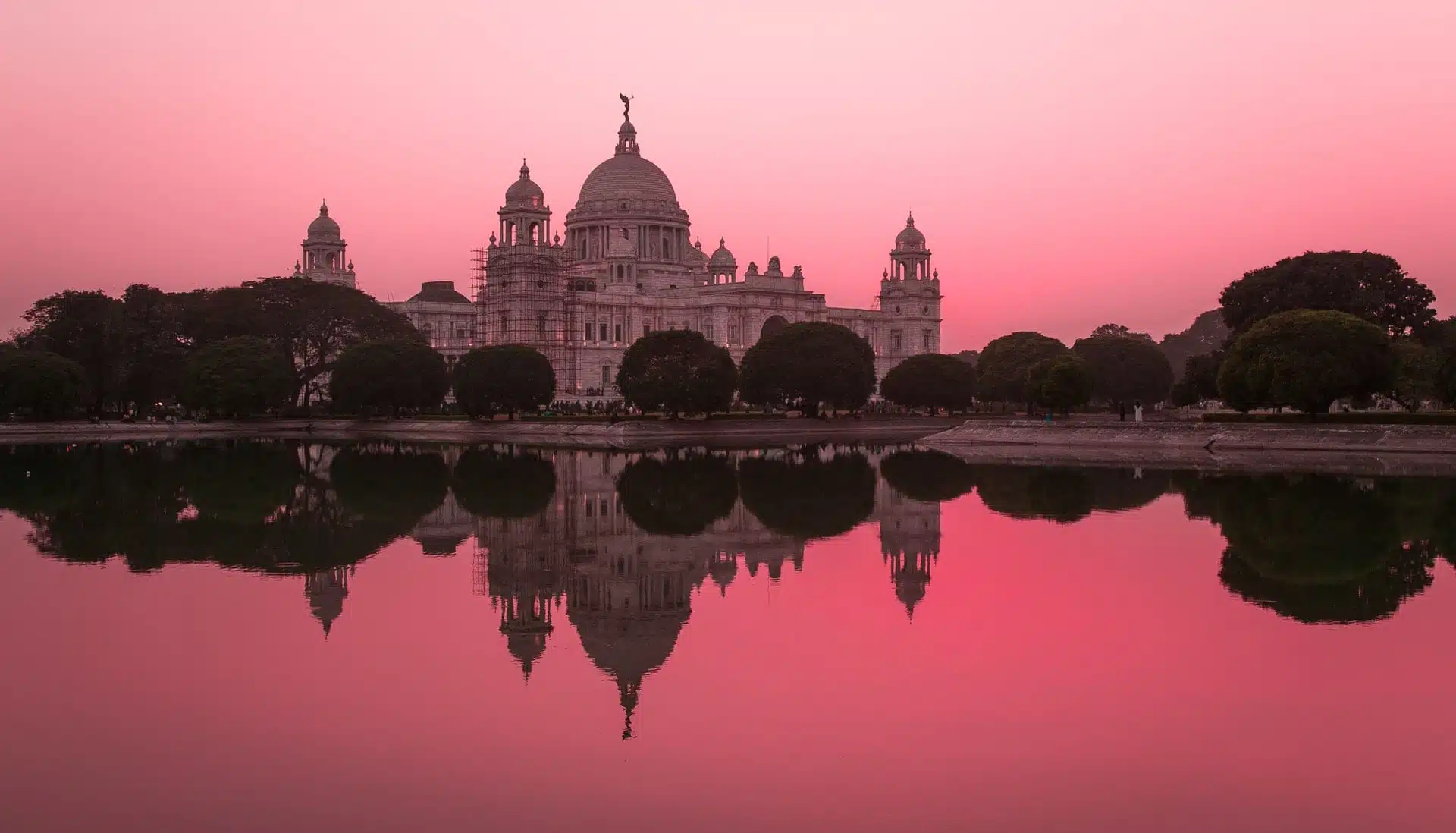
Where there is a specialist, there is a way to design the best safari in India:
- An Indian holiday that will include the perfect mix of attractions, events, and sights.
- An Indian safari that beautifully matches the plethora of offerings from the country to your particular preferences, interests, and tastes.
- An itinerary that also takes your familiarity with India into account (First-time travelers to India may prefer a schedule that differs vastly from the circuit that someone who has traveled to India before will find stimulating.)
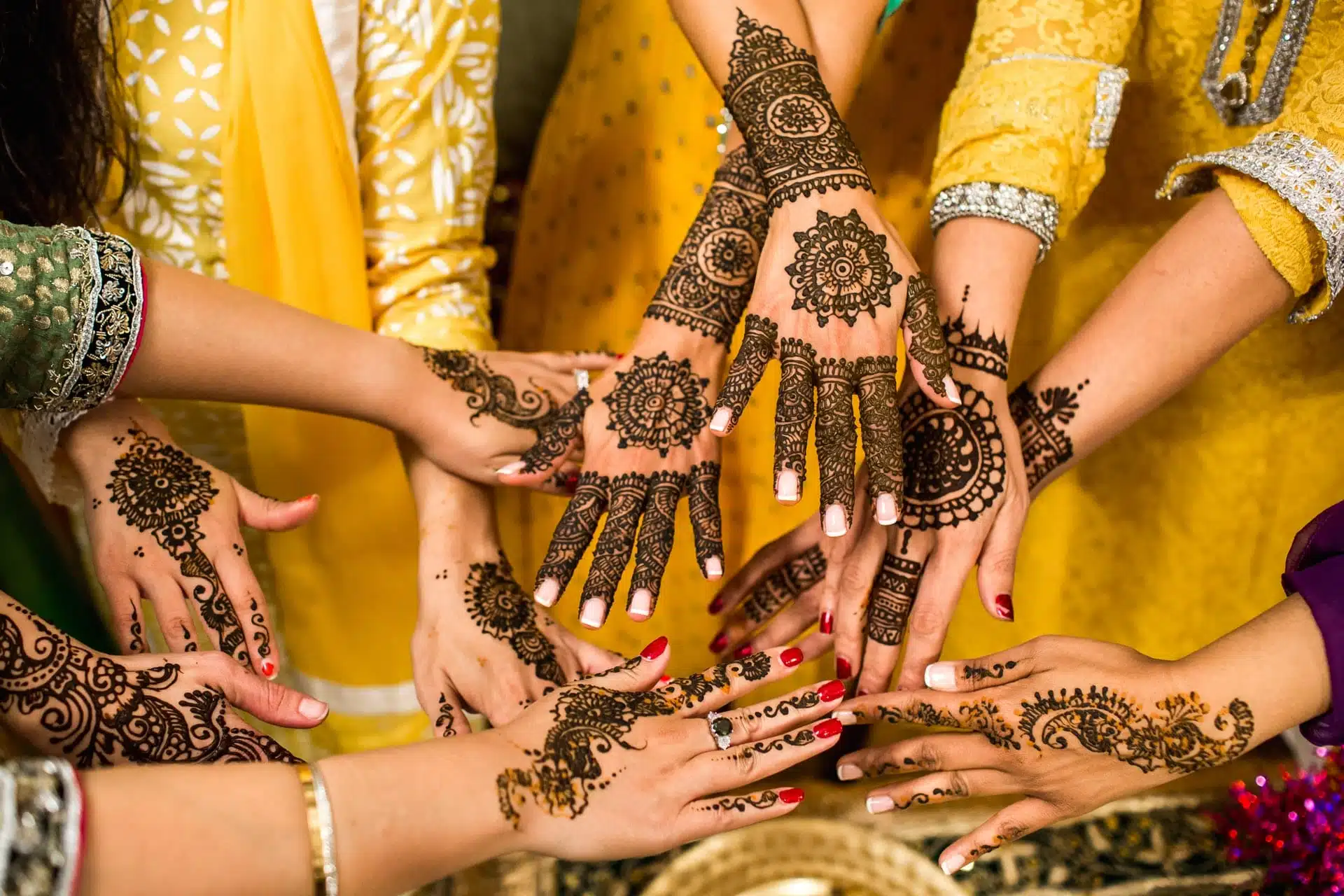
Several distinct differences characterize North India and South India, and understanding what they are and how they may affect your experience of the country is a great place to begin your pursuit for a flawless luxury safari in India.
While there is no clear boundary between the North and the South, most people will draw the line between the two halves like this:
The states of Andhra Pradesh, Karnataka, Kerala, Tamil Nadu, and Telangana (i.e., the Dravidian parts of the country) are considered part of South India.
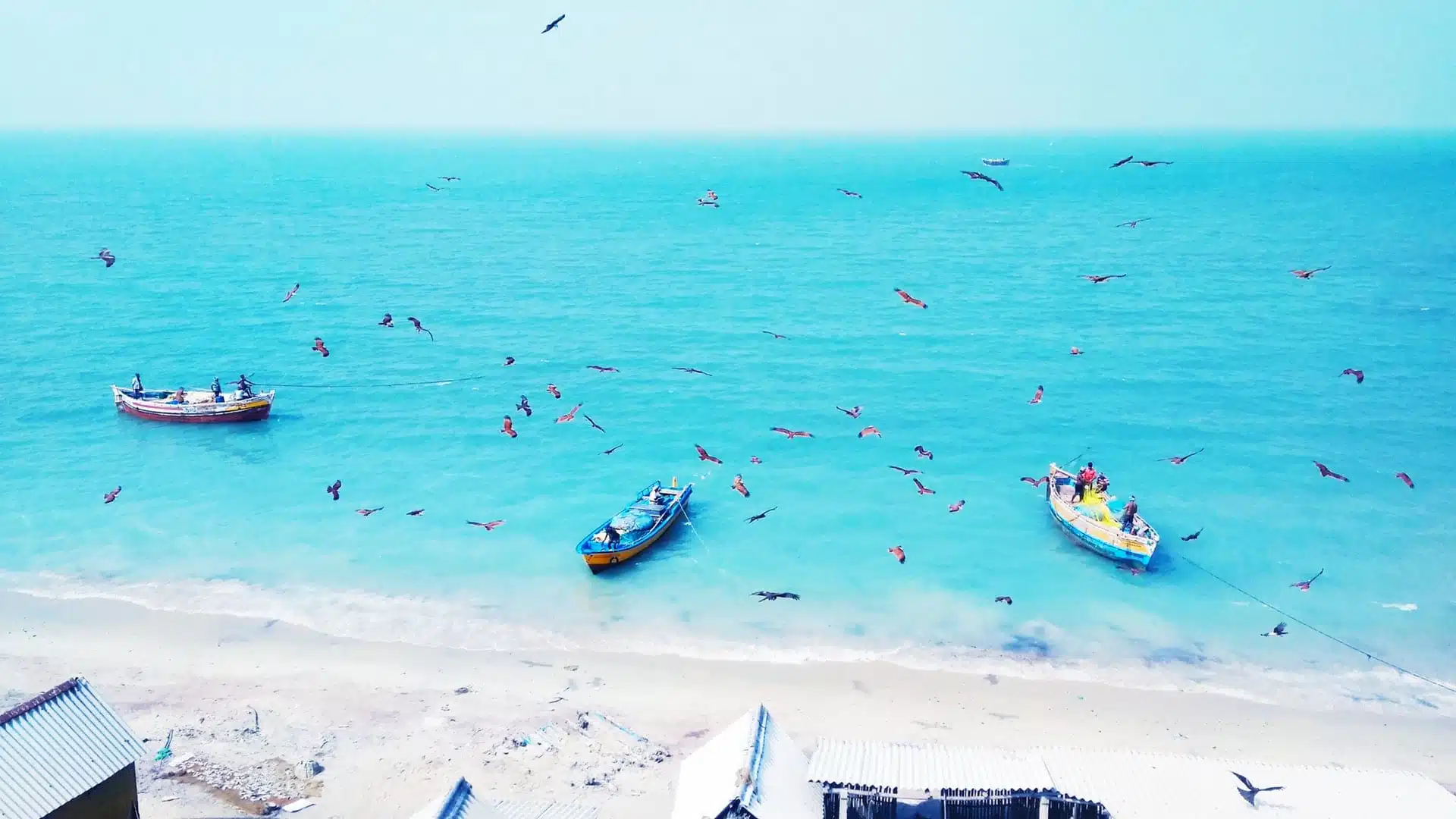
The rest of the country is known as North India, although the actual definition of the North is a little vaguer because states like Goa and Maharashtra may be considered Western India and West Bengal and Orissa are part of East India.
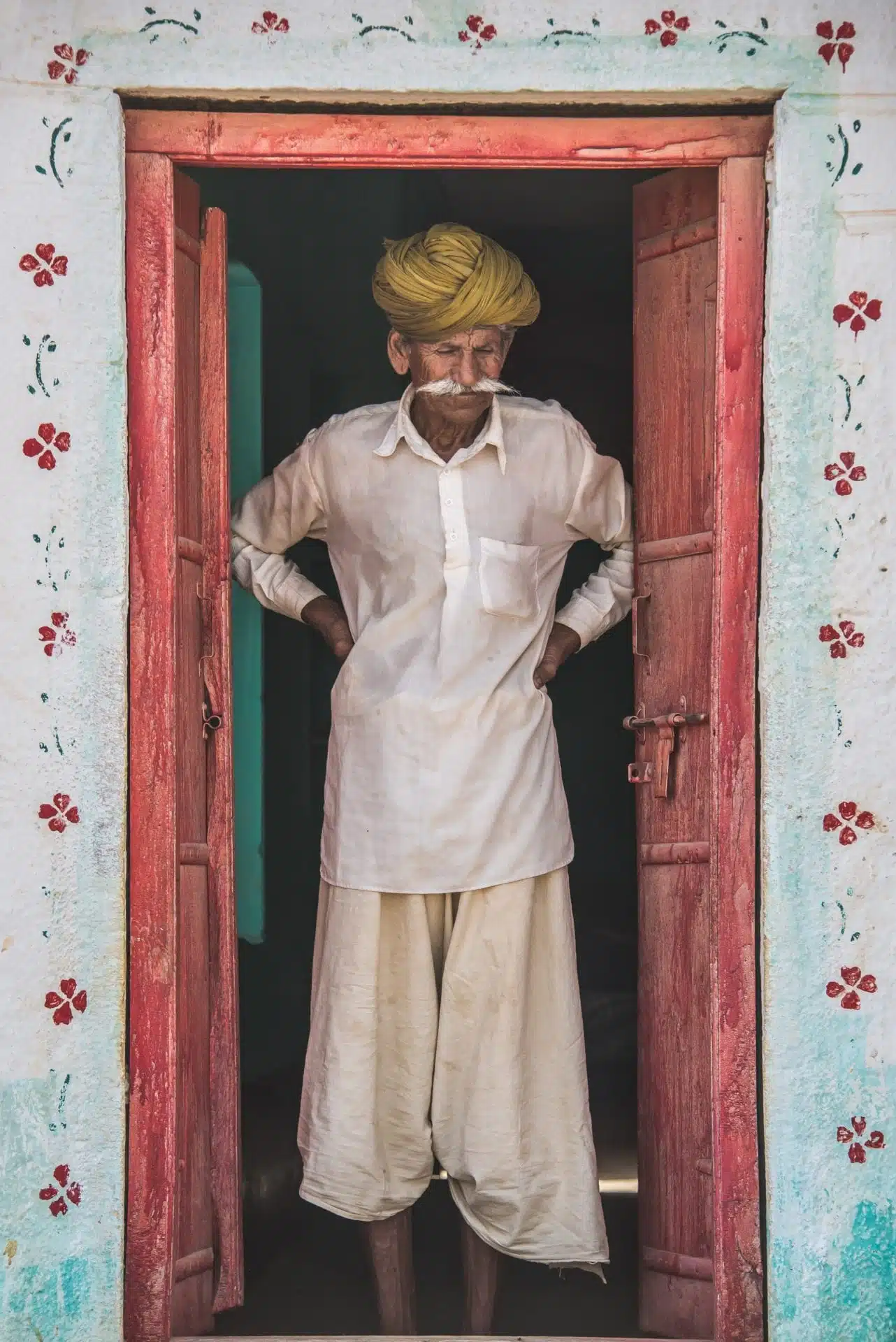
How do the two sides of India differ?
The Northern part of India has a fast pace with many cultures, people, languages (Hindi, English, Urdu, Punjabi, Kashmiri, and Dogri are spoken here) and experiences coming together in exhilarating chaos. You can expect car horns, cows, cars, call to prayer, tuk-tuks, rickshaws, and millions of people everywhere you look. The largest city in North India is Delhi, and the landscape includes mountains, deserts, towns and smaller villages separated by vast open countryside.
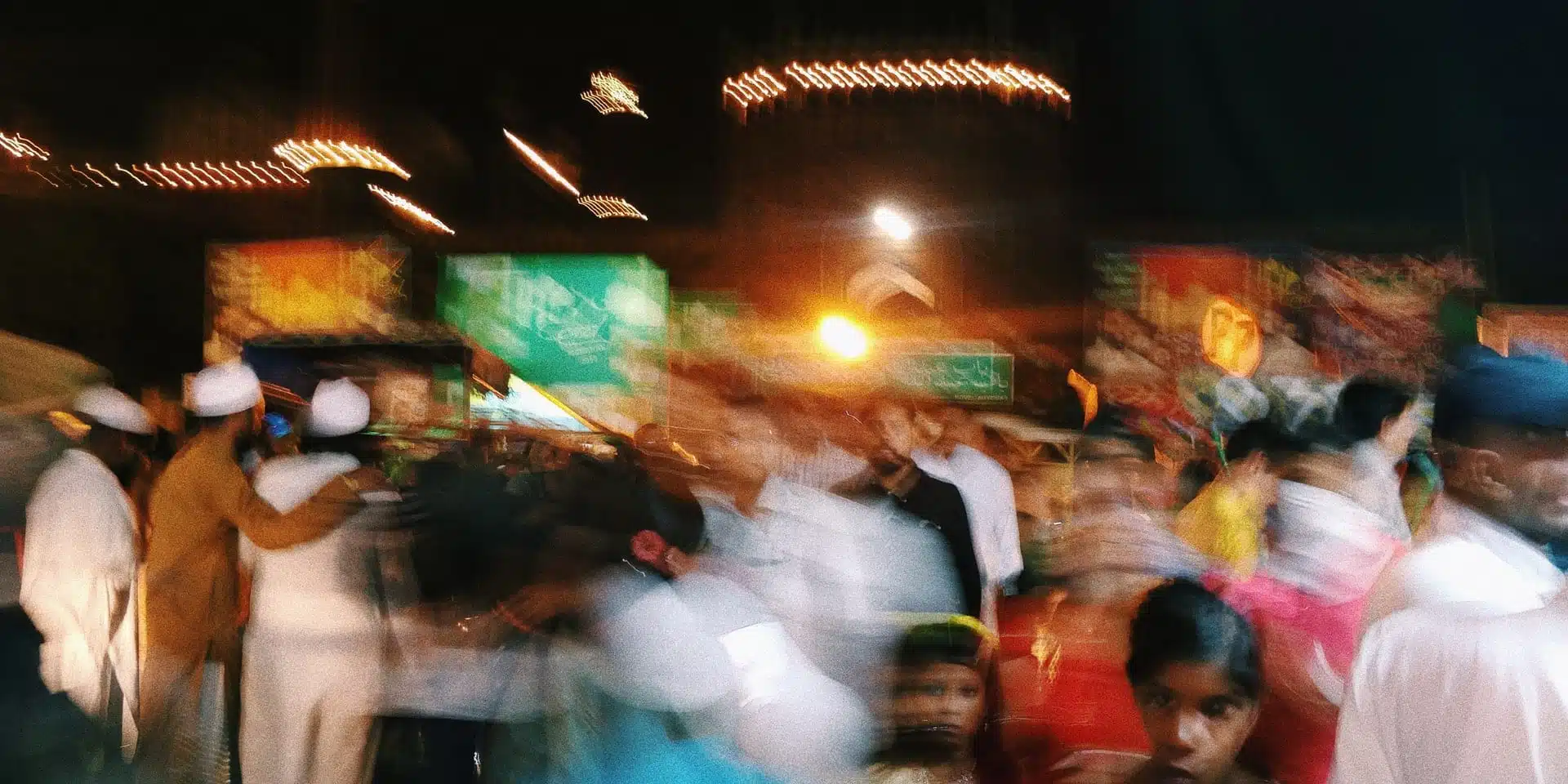
South India is a little slower with the large population of elephants and nature reserves. Begging, smoking, and plastic is banned. The literacy rate is 100%, and the first transgender school in the country opened here. The largest city is Chennal, where driving and walking takes place at a much more civilized pace. Languages spoken include Telugu, Tamil, Kannada, Malayalam, Urdu, and Sourashtra, and South India will slake a traveler’s thirst for both beaches and tropical forests.
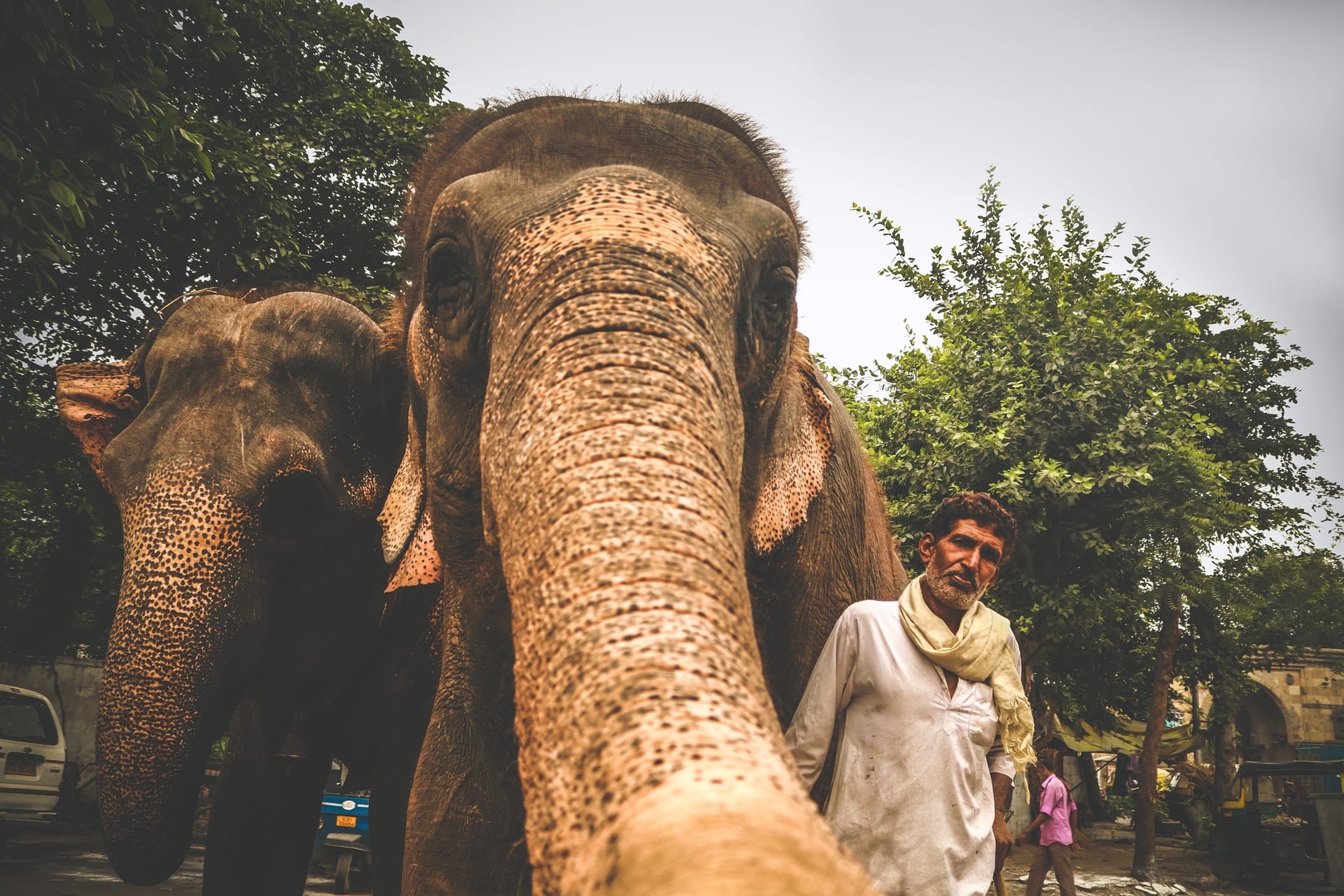
The Climate
North India
North India is so large that the weather is diverse. In the Himalayas, snow can fall in Ladakh in July, while temperatures may reach over 110 oF ( 43 oC) during the same month in Delhi and Rajasthan.
Of course, Ladakh can only be visited during the height of summer, and even Delhi and Rajasthan may be quite chilly in the winter.
The monsoon season begins late in June and continues into September.
Delhi and Rajasthan may suffer floods during these months, but the northeast and east are generally most at risk.
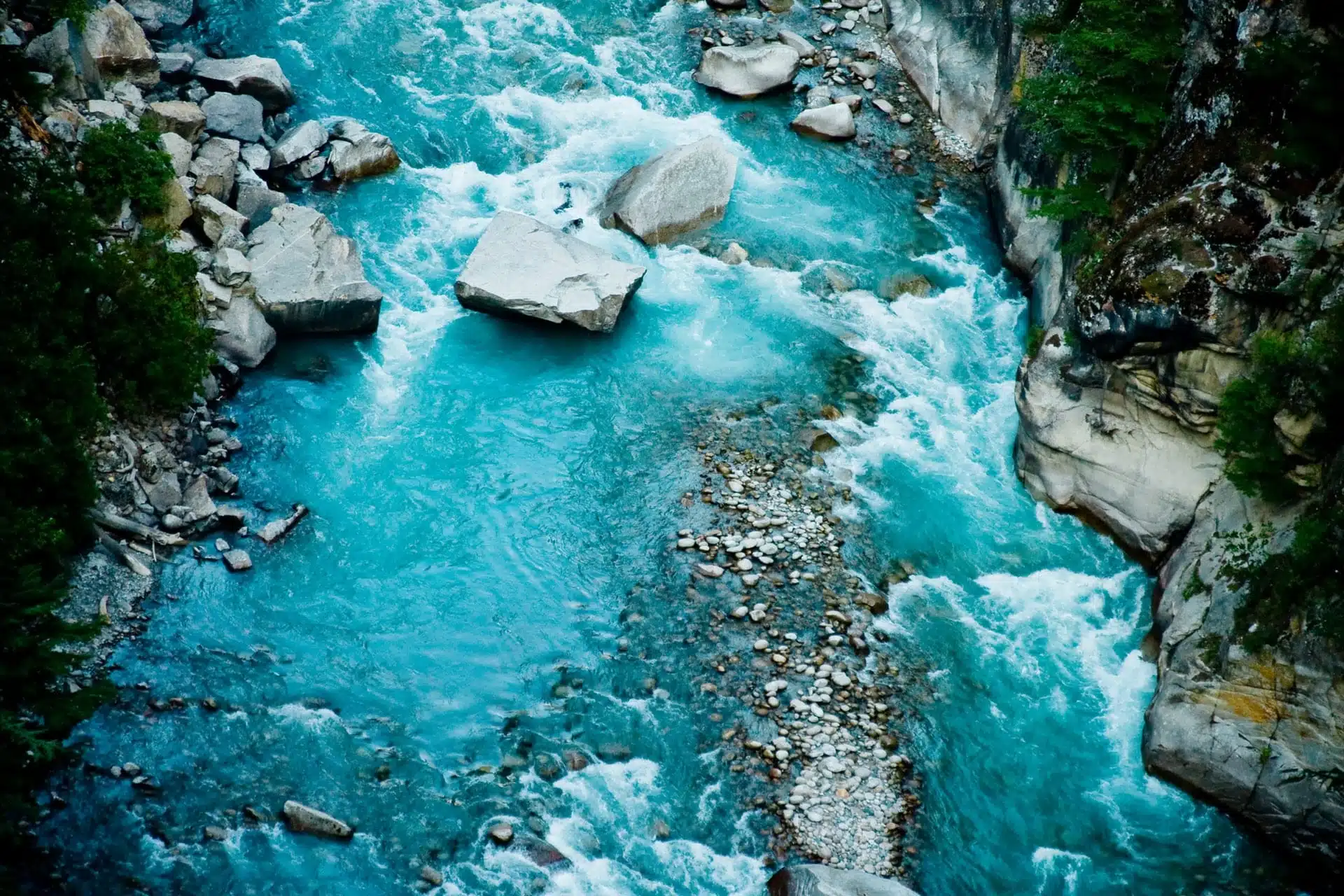
South India
The tropical weather of South India offers temperatures that hover around 70-80 oF (21-27 oC) throughout most of the year. The humidity is high (this can make the area feel much hotter) with dryer winters and low rainfall between November and April.
The Indian summer monsoon begins in June and continues through August, and even though temperatures do not vary much in the south, the best time for a visit is between October and February.
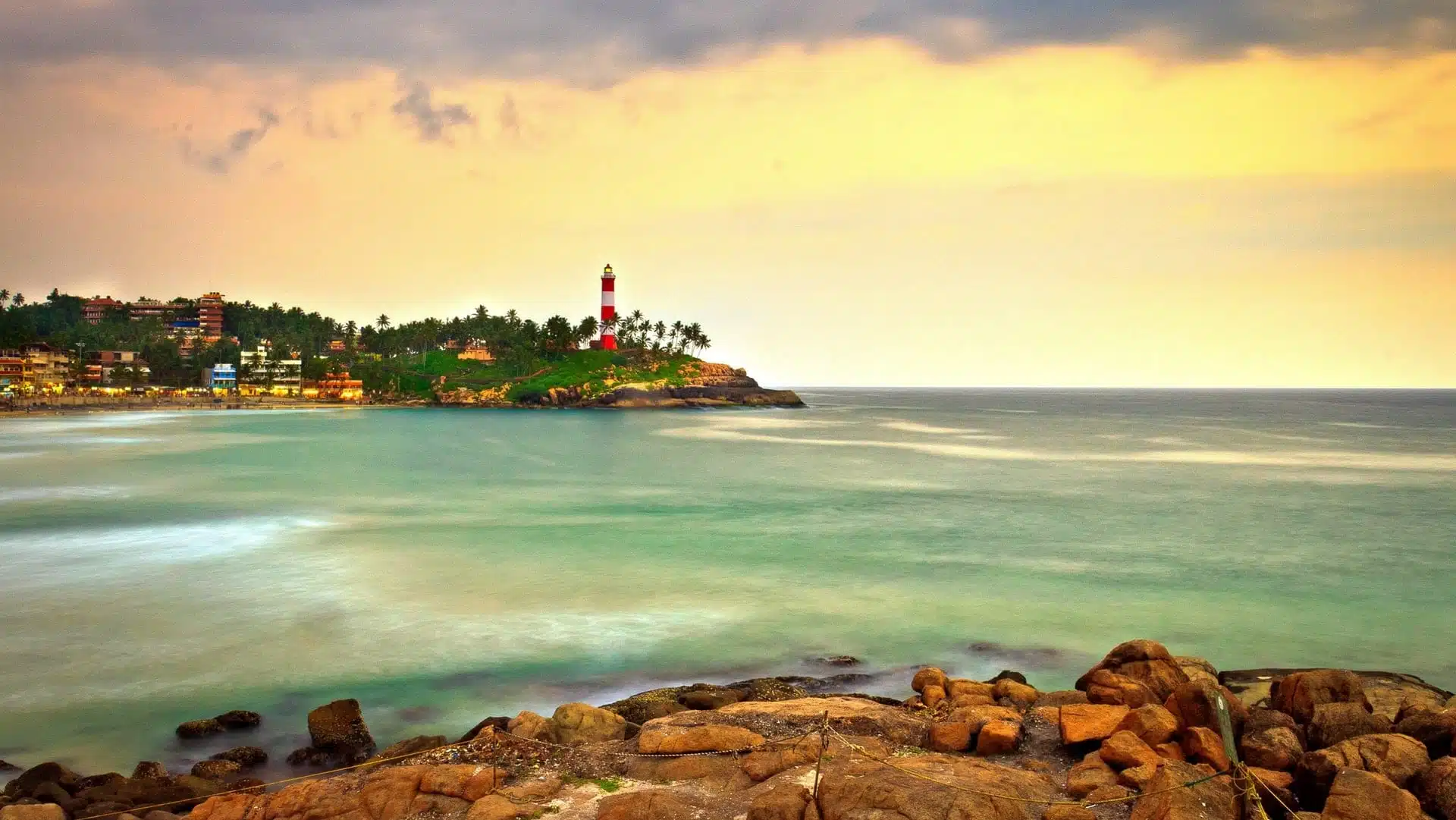
The Food
North India
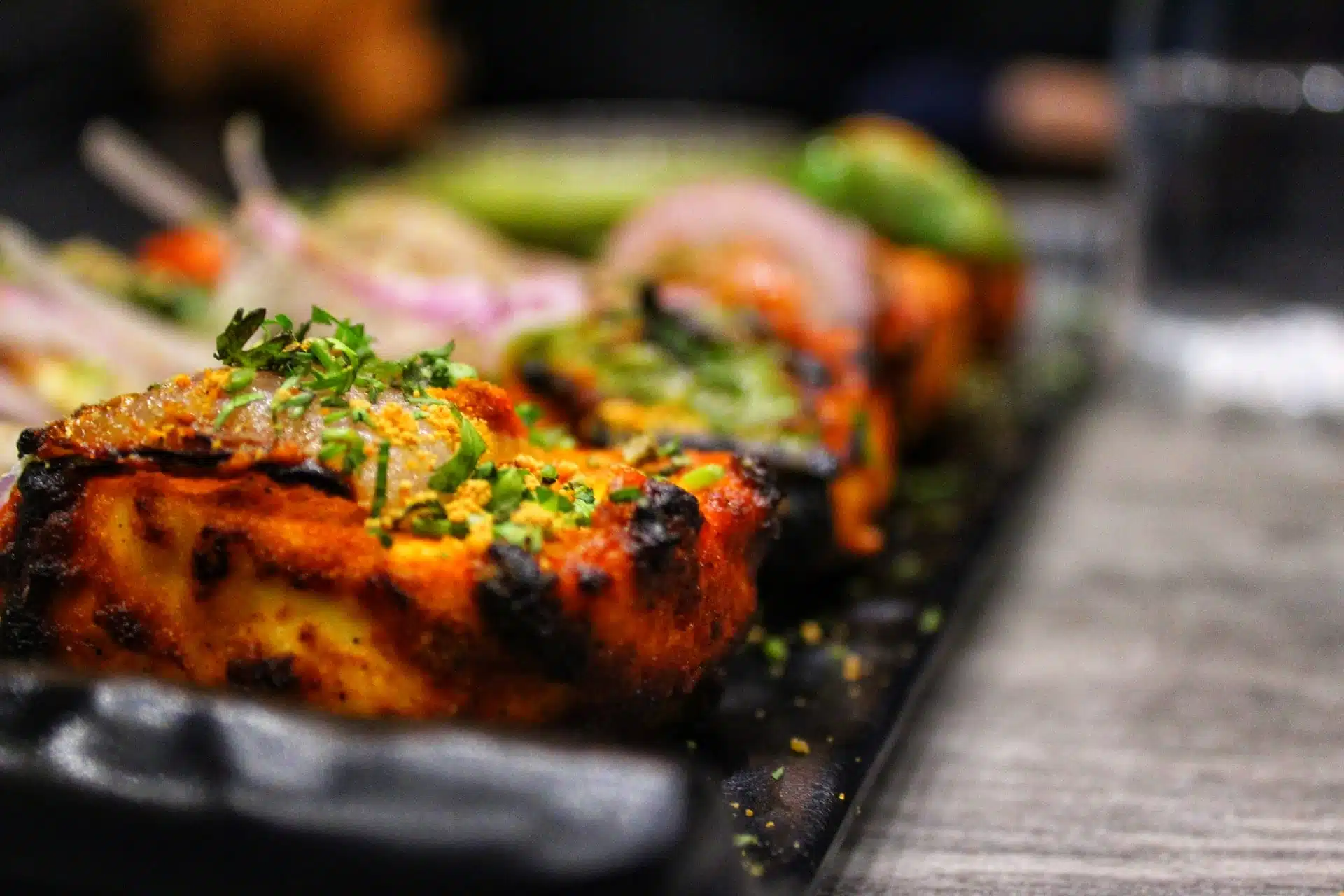
If you enjoy Indian food outside of India, it isn’t too farfetched to assume that you may readily recognize the heavy curries and naan bread that are typical of North Indian cuisine. Curry aficionados will love the abundance of Punjabi, Rajasthani, and Bengali favorites.
The cuisine is VERY spicy (order extra roti or naan bread to tame the heat) and heavy featuring thick curries, many meat dishes, creamy gravies, spiced tandoor-fired kebabs, and deep-fried samosas all accompanied by paratha (flatbreads) and basmati rice.
In Varanasi, you can enjoy banarasi paan (betel leaf drowned in aromatic spices and sweet syrups), and if you have a sweet tooth you should try phirni (ground rice, milk, cream, sugar, and saffron)
It is in the North of India, where you will find Indo-Chinese food and Tibetan treats.
South India
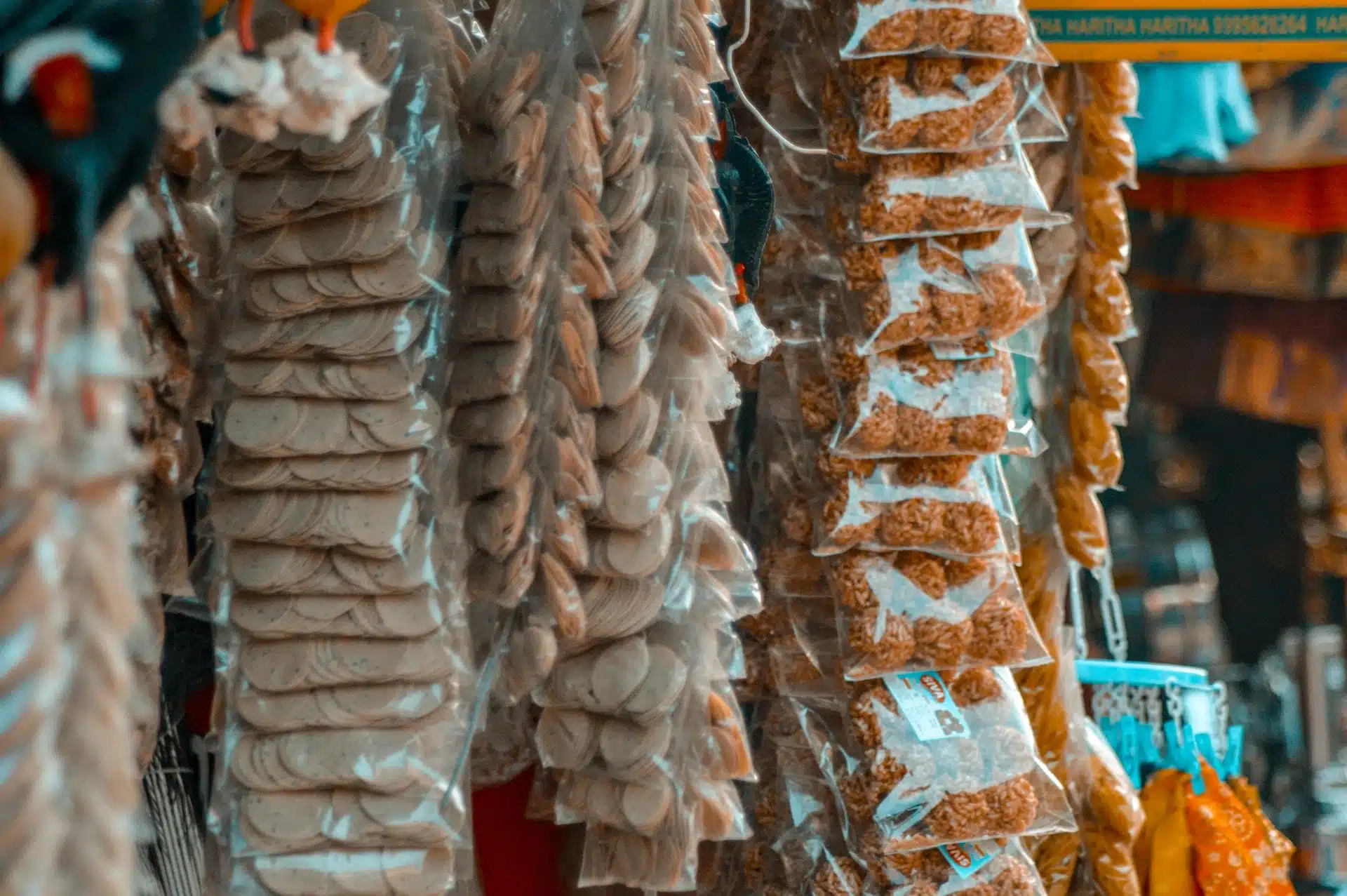
Breakfast is considered an essential meal in South India. Get ready for masala dosas (lentil and rice crepes filled with potatoes) and idlis (steamed rice cakes with lentil stew).
The food is frequently cooked in coconut oil, the curries are a little more watery, but thicker varieties of rice are common. Try idiyappam (rice noodles with sweet coconut milk) and medu vada (savory donut-shaped lentil batter snacks).
Street food includes jalebis, paddus, dosas, obattu as well as many other curries, snacks, and sweets.
Don’t miss the seafood of Chennai and Kochi.
For all its tea plantations, South India is also coffee country – and they drink it with a lot of milk and sugar.
Nature
North India
The Thar Desert
Also known as the Great Indian Desert, the Thar forms a natural border between India and Pakistan. It is ancient (estimates vary between 4000 and 10000 years) and rather large 500 m (800 km) long and 250m (400 km) wide across four Indian states. It is also the most populated desert in the world.
On your Indian safari the Thar is a playground where you can go parasailing, dune bashing, or camel riding, and for more laid back individuals, there are ruins to visit, overnight camping, and a rather magnificent sunrise and sunset.
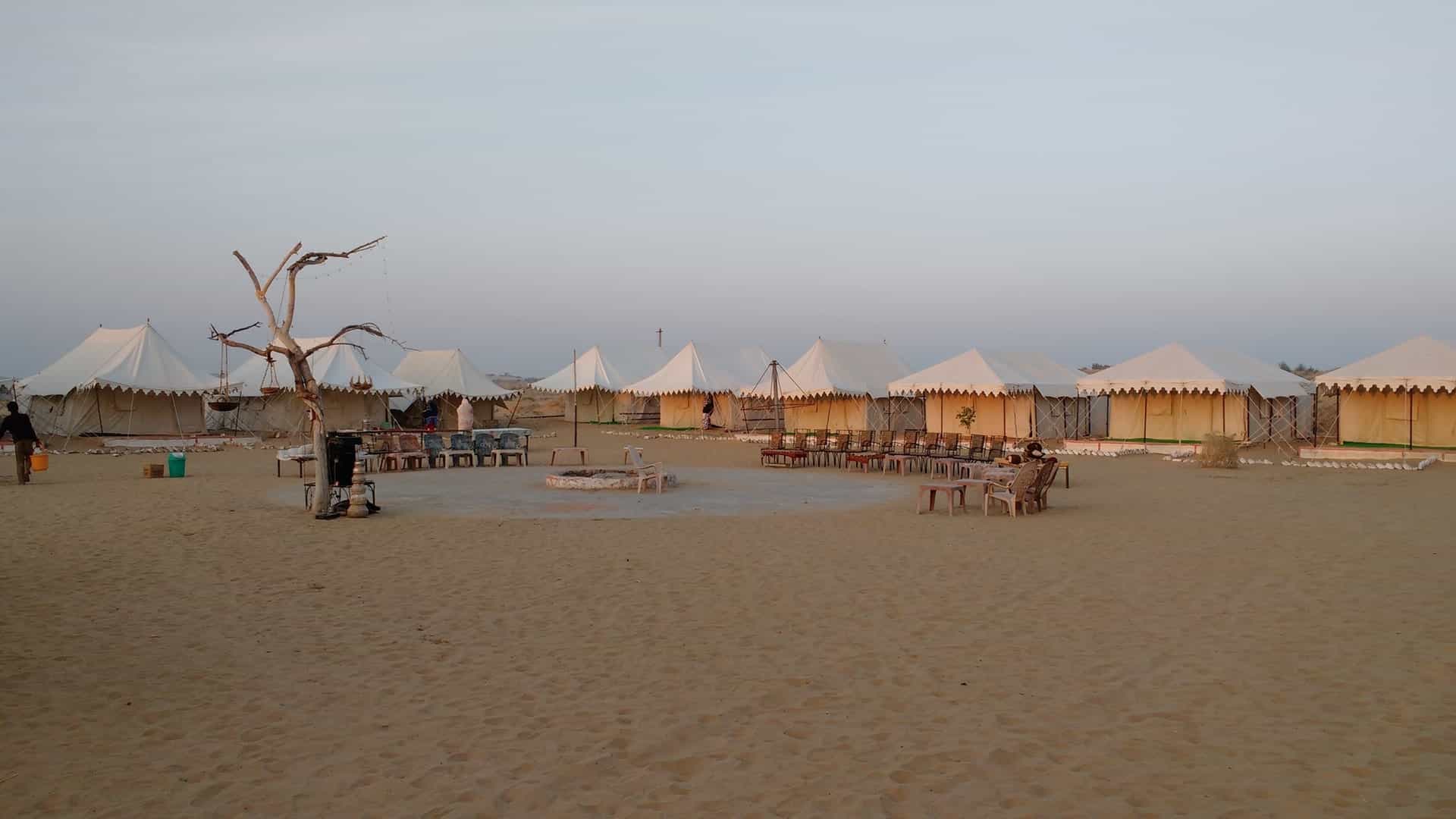
River Ganges
In the holy city of Varanasi, you can watch the rituals of daily life unfold right in front of your eyes. Take a sunrise boat ride on the Holiest river in the world, visit the Burning Ghat, enjoy a famous Blue Lassi beverage and end the day by experiencing the Aarti ceremony that takes place as an offering to deities on the banks of the Ganges River every night.
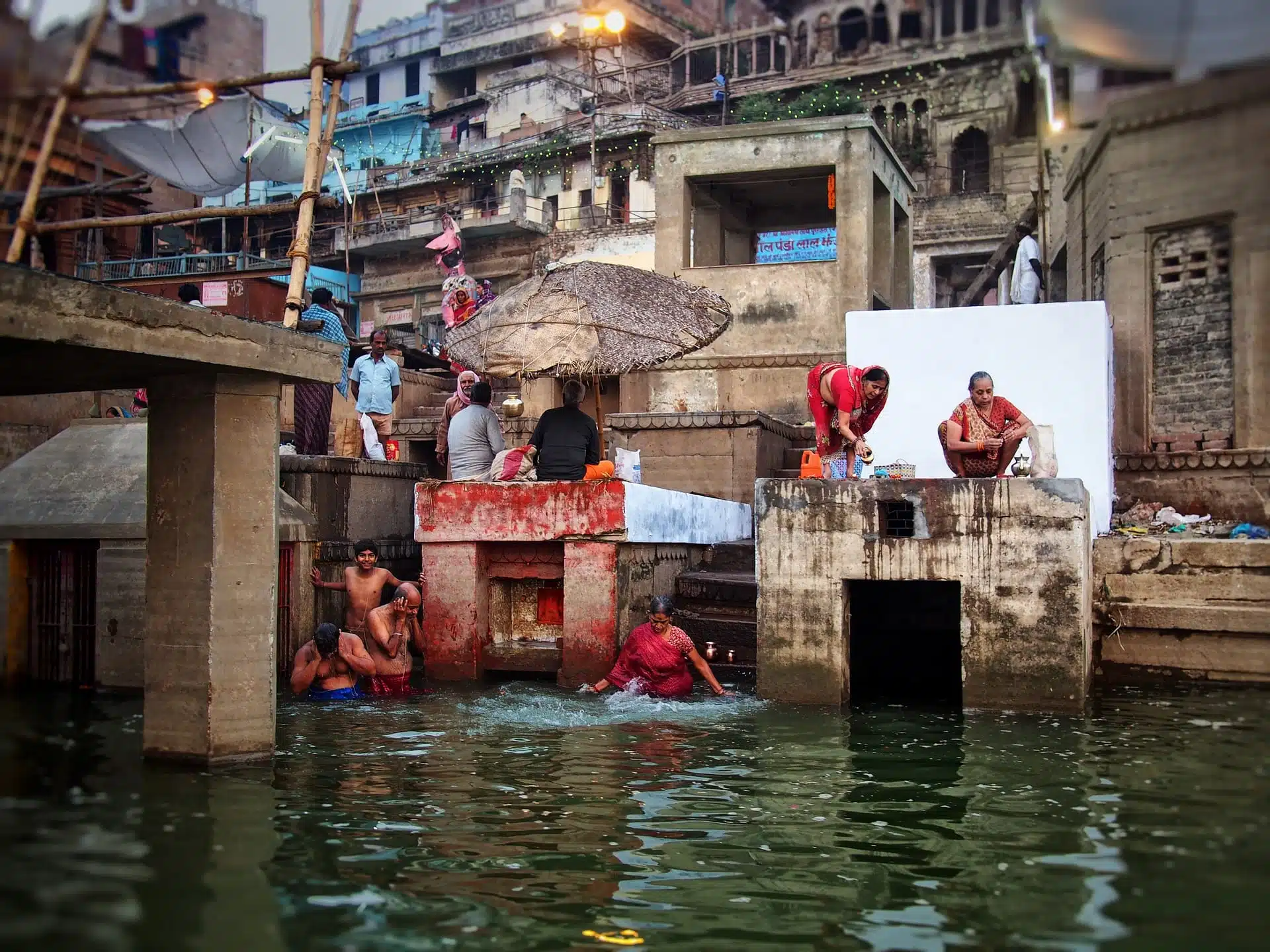
Ranthambore National Park
Home to India’s tigers, leopards, striped hyenas, marsh crocodiles, and magnificent flora as well as highlights such as the glacial Hemkund Lake that lies at 15,197 feet (m) surrounded by seven mountain peaks.
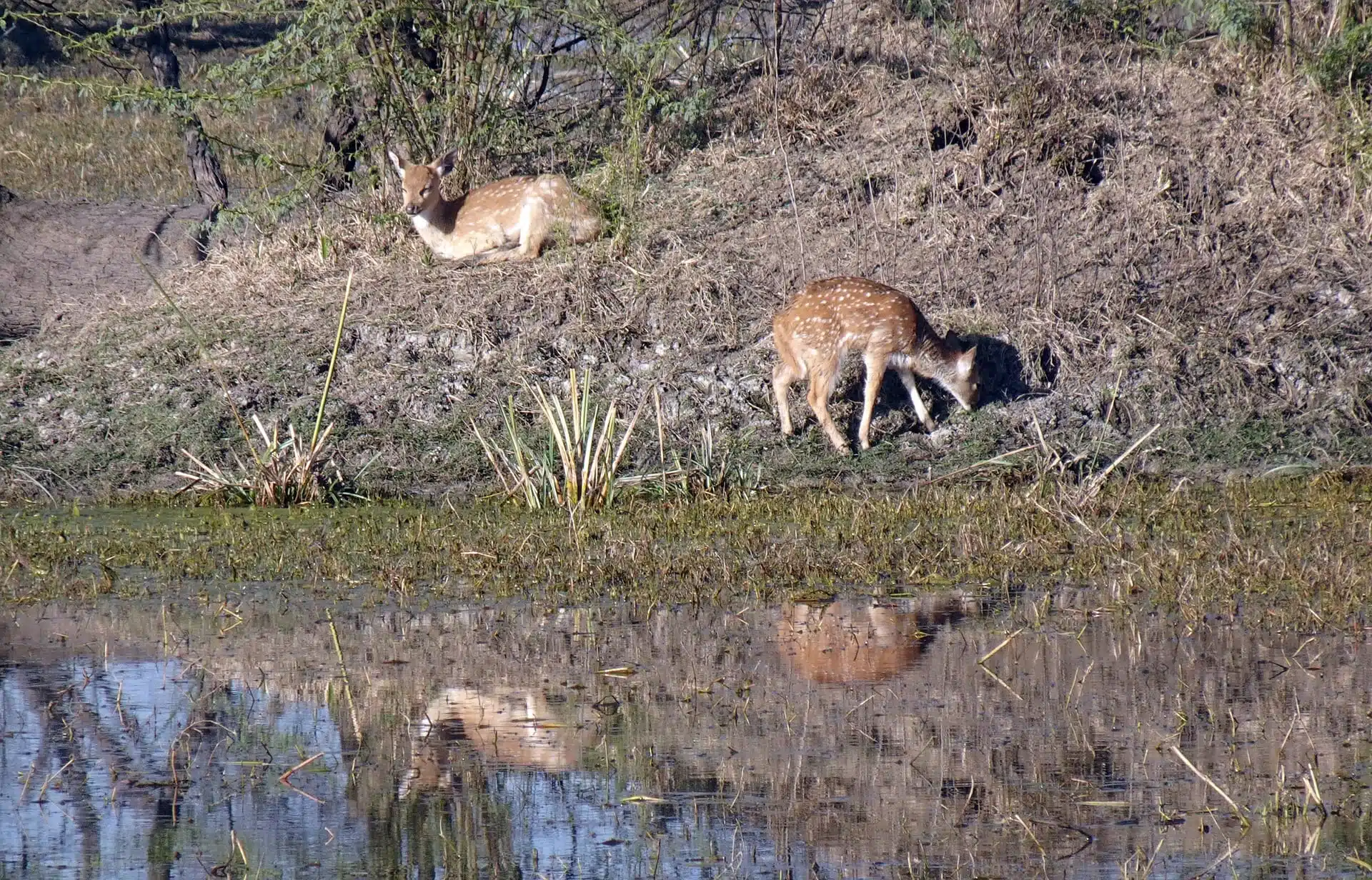
South India
Kerala, Karnataka, Goa, and Maharastra
A tropical paradise with gorgeous beaches fringed by palms and sea, lush green mountains, and laidback activities. Whether you are cruising the backwaters on a houseboat, taking a traditional village tour to engage with the locals and learn about their customs or relaxing with an Ayurvedic treatment, there is much to look forward to here.
Kerala
Visit the beaches of Kovalam and Varkala, take a houseboat on the backwaters of Alappuzha or head inland to take a jungle safari in the mountains of Wayanad and Munnar where you can also zipline, and explore mysterious caves.
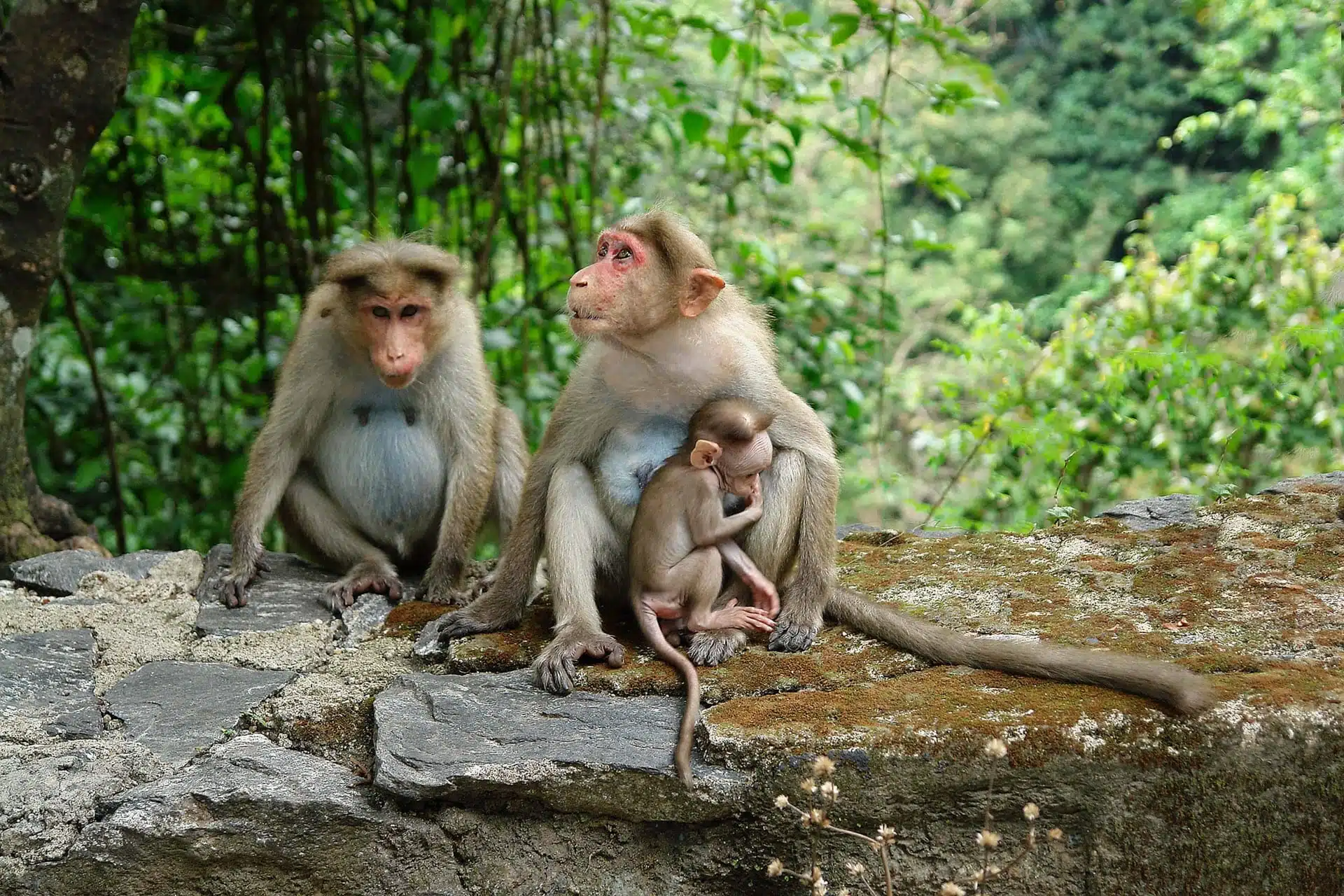
Karnataka
The green gardens of Bangalore await as do the coffee plantations and mountains of Chikmagalur. And in the south, there is often more to ‘sea’ with the glorious beaches of Gokarna to enjoy.
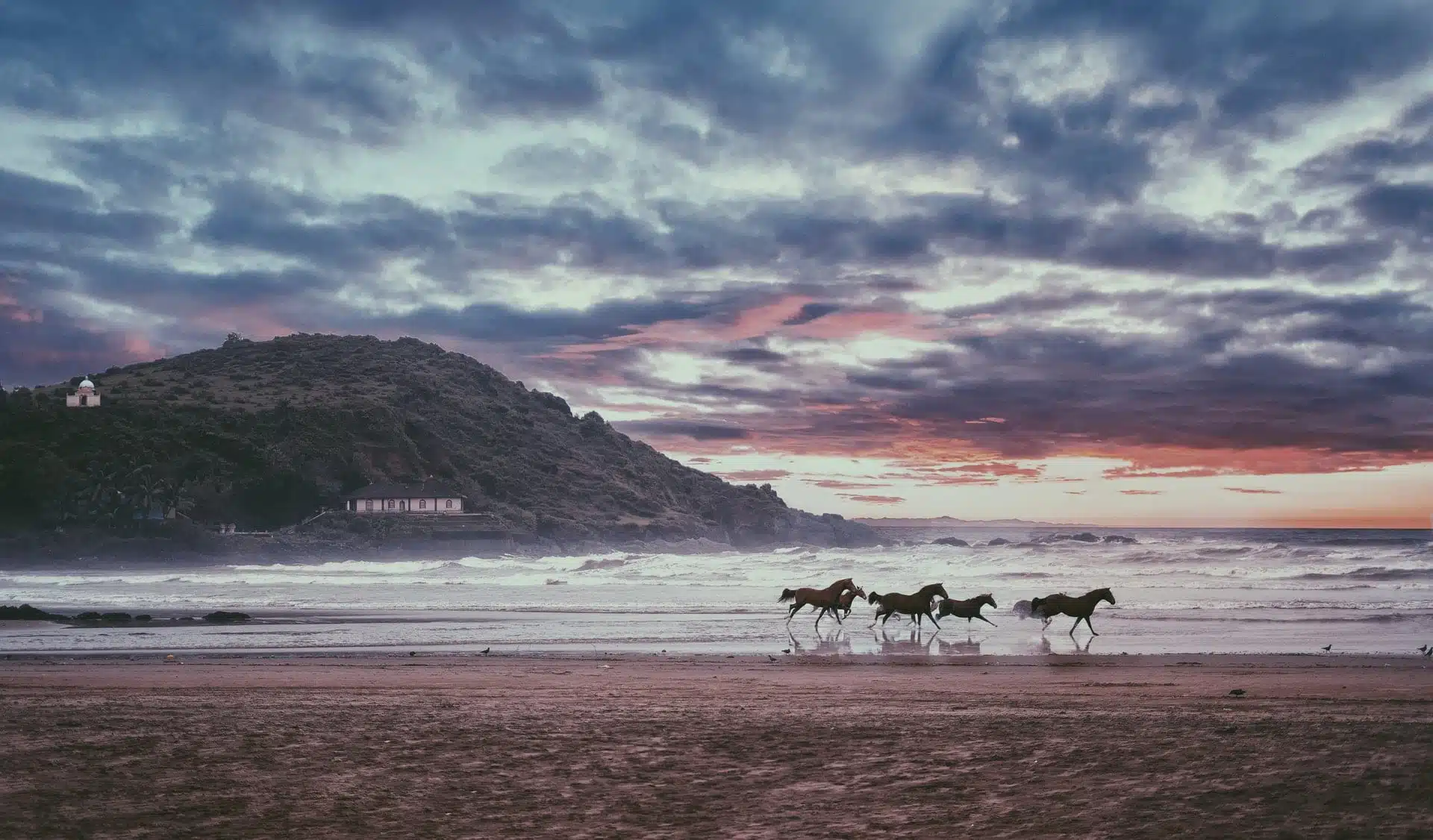
Rothschild Safaris Must Do & See
North India
A snapshot of the North
Travelers will find the most notable architecture, the high Himalayas, majestic Rajasthan, and the free-flowing Ganges in North India. The Golden Triangle of Delhi, Jaipur, and Agra are connected by train and well-maintained National Highways. If you are set on visiting the Himalayas, you may have to accept steep winding roads unless you opt for flying in.
Ladakh
Incredible landscapes and culture at high altitude (and one of the most exciting landing strips for aircraft).
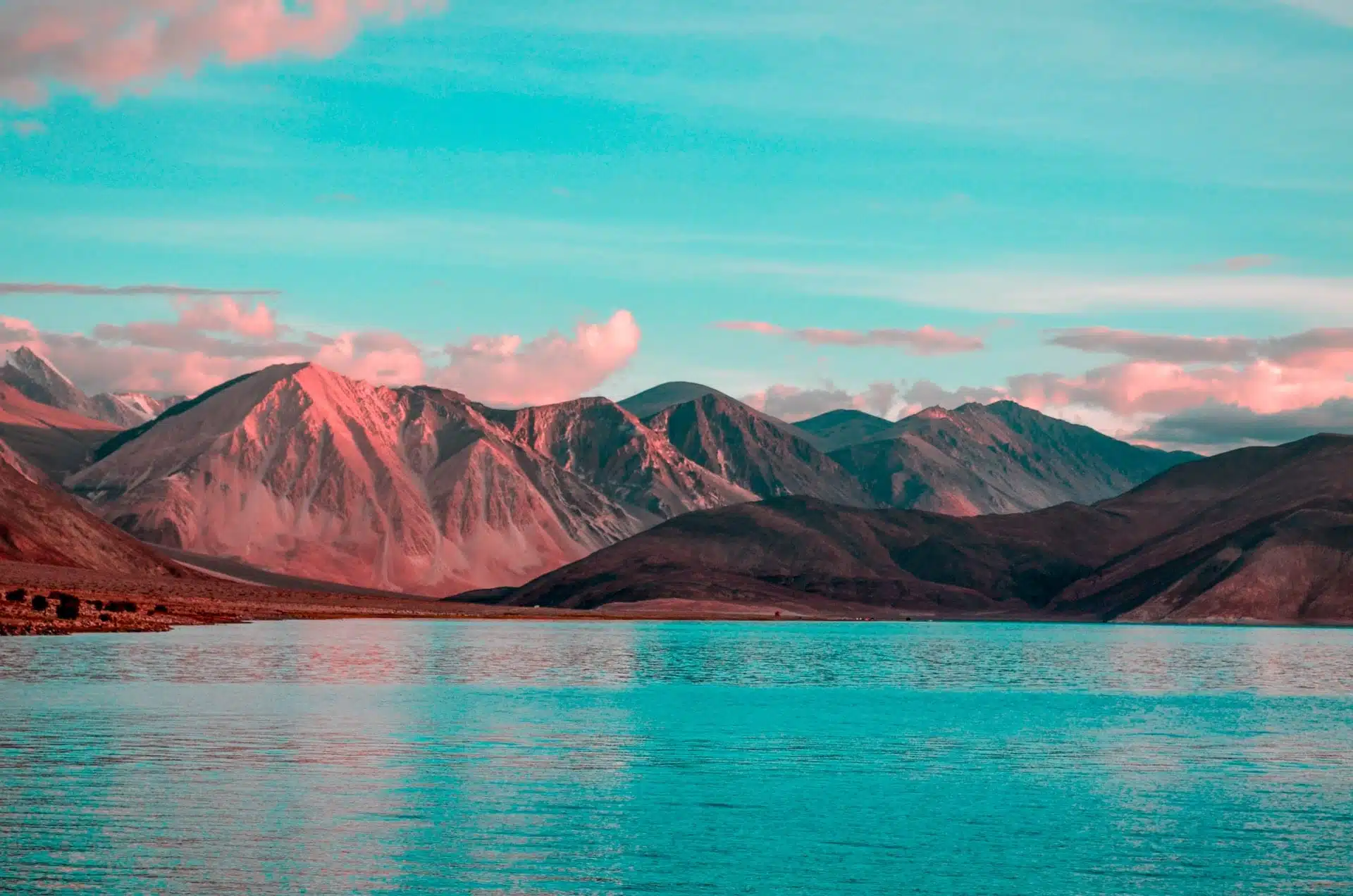
Uttarakhand and Himachal Pradesh
More mountains, pleasant weather, and remote Himalayan villages where time has stood still.
The Taj Mahal
A few hours’ drives from Delhi, this most romantic of buildings stand in Agra where you can also find other Mughal tombs, the beautifully preserved former capital of Fatehpur Sikri and the Agra Fort. An Indian safari icon.
Rajasthan
Magnificent forts, beautiful old palaces, and sprawling animal sanctuaries. An Indian jungle safari lies in wait.
Rishikesh
The yoga capital of the world beside the historic Ganges River.
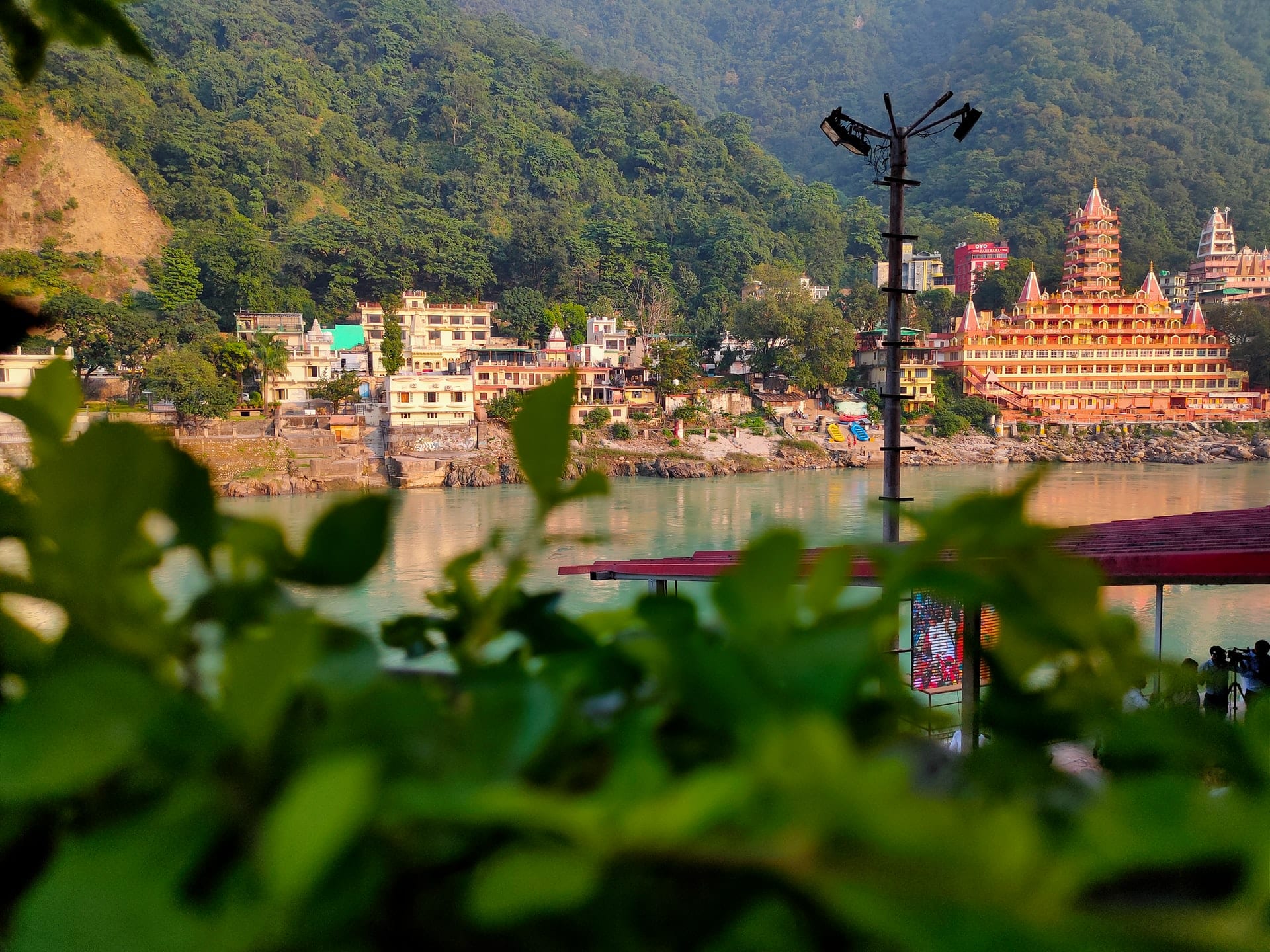
The Golden Temple
One of the most important gurudwaras (a Sikh house of worship) in the world was built in the Punjab region.
Khajuraho
The temples you visit here are not only famous for their nagara-style symbolism and erotic sculptures but also point towards a tradition of acceptance for diverse religious views when they were built during the Chandela dynasty (between 950 AD and 1050 AD)
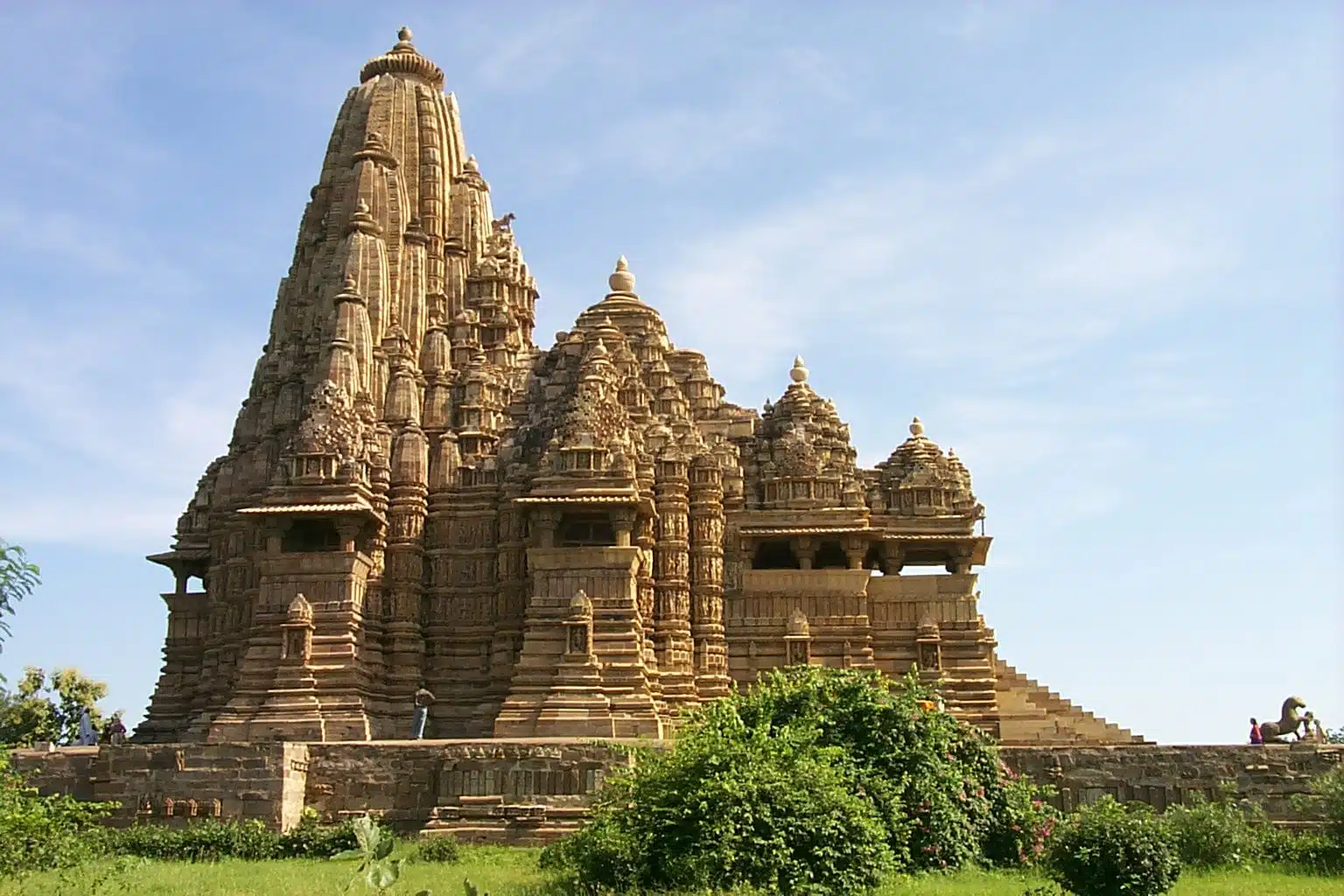
Varanasi
The holy city is also one of the oldest living cities in the world. With temples, Lord Shiva, and the sacred River Ganges there is much to fascinate and amaze travelers within the city limits.
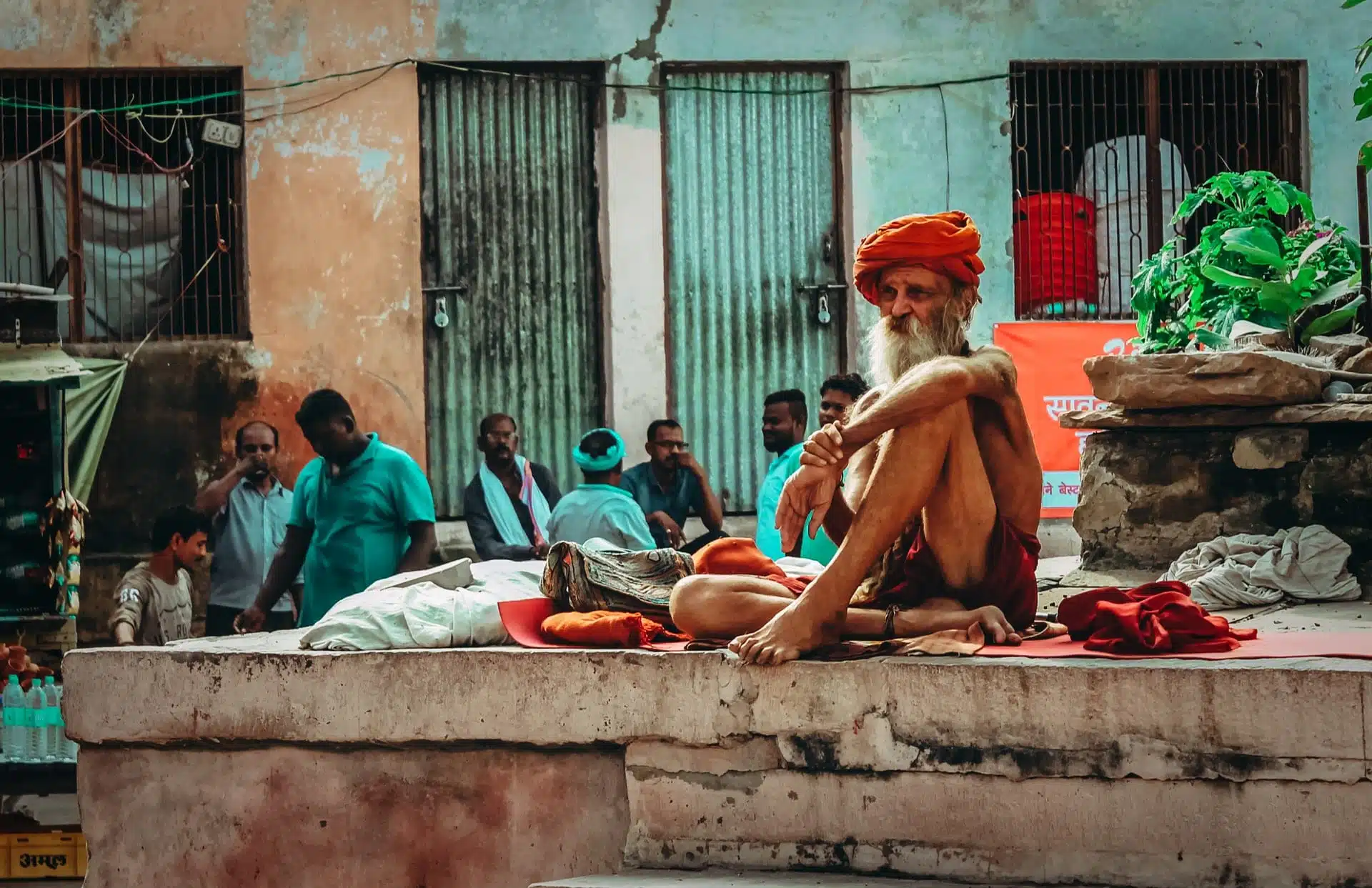
Kashmir
Once called Heaven on Earth and considered one of the most beautiful places in the world, Kashmiri handicrafts and delicacies remain popular. Enjoy a shikhara ride to meet the people living on Dal Lake and indulge in the vistas that draw photographers to an Indian safari or partake in the watersports that the area is famous for.
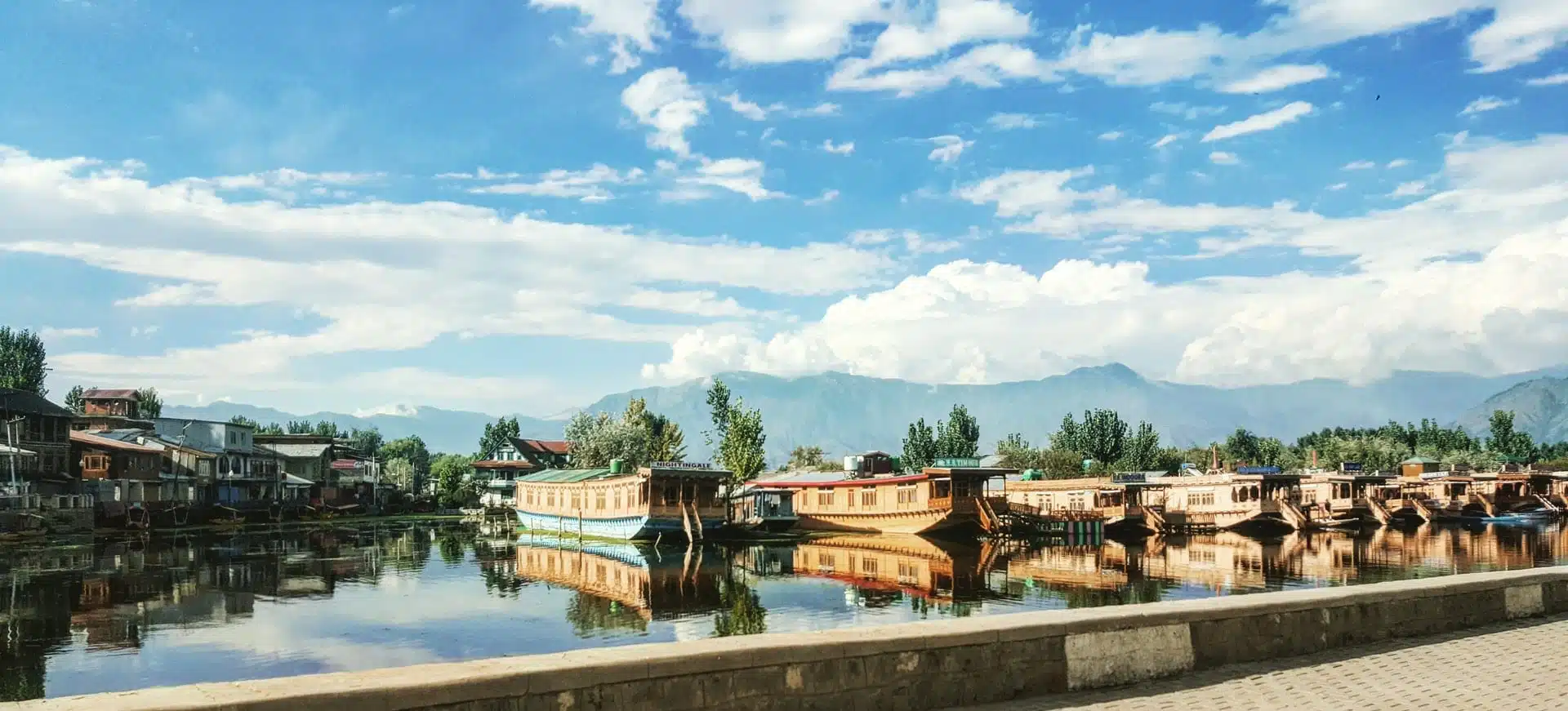
FESTIVALS
Diwali
The victory of light over darkness is observed with rituals, including the lighting of lamps and candles and fireworks.
Holi
This mesmerizing festival brings people together to throw powdered color at each other.
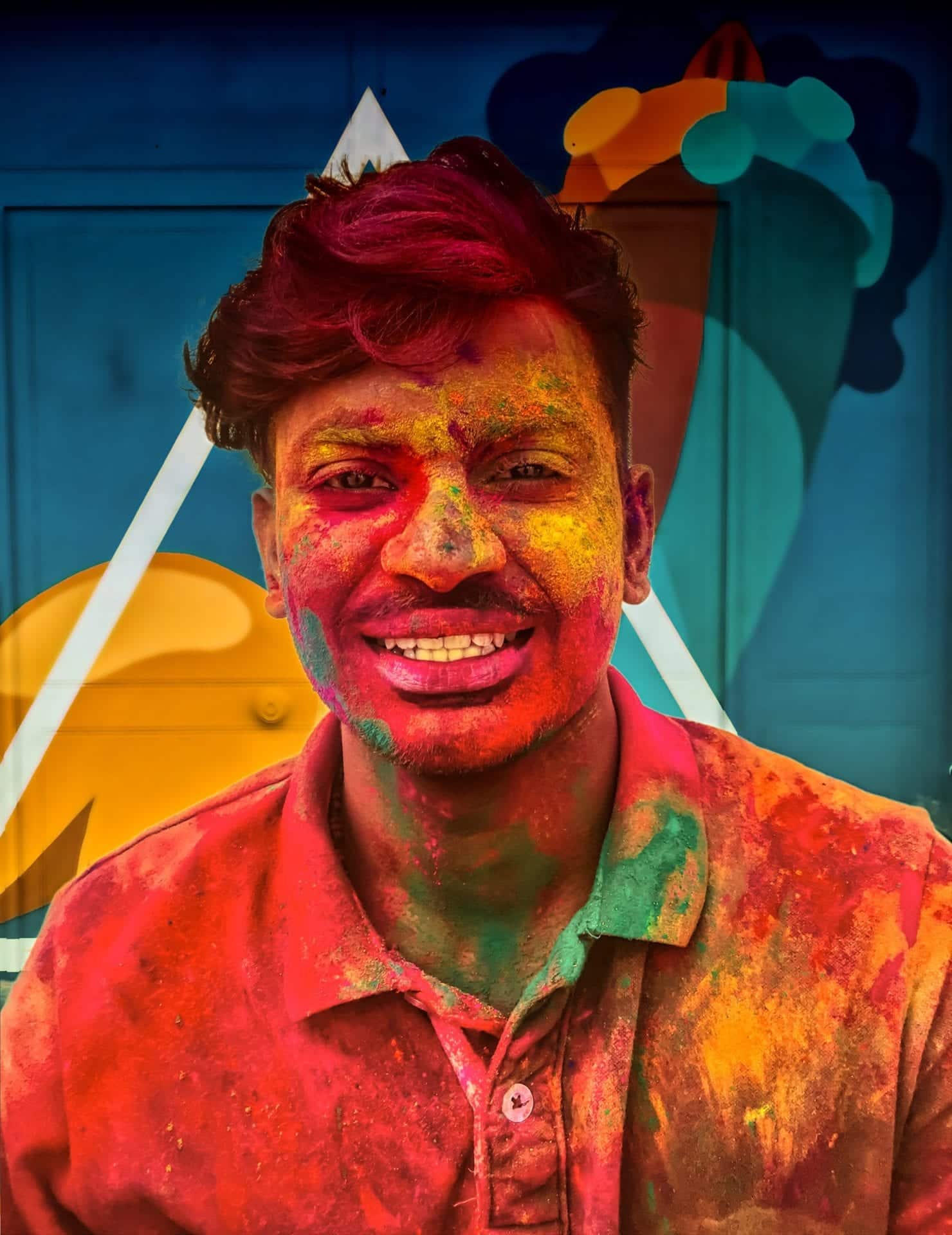
Pushkar Mela
A festival that brings thousands of camel and horse traders together and works well with the International Yoga Festival that takes place in Rishikesh during the first week of March.
South India
A snapshot of the South
Authentic Indian culture comes to life in South India. Music, dance, theatre, and martial arts thrive… and the beautiful beaches of Goa and Kerala bask within a glorious climate.
There is no shortage of well-networked trains in South India and only a few hilly areas such as Munnar, where the trains do not reach. Expect waterfalls, tea and coffee plantations, houseboat trips, and wildlife viewing.
Kerala
The southwestern point of India is famous for its Ayurvedic retreats and overnight traditional houseboat cruises.
Mahabalipuram
The Bay of Bengal has a collection of Pallava dynasty monuments and temples dating back as far as the seventh century. If you love to indulge in culture this is an essential stop on your Indian safari.
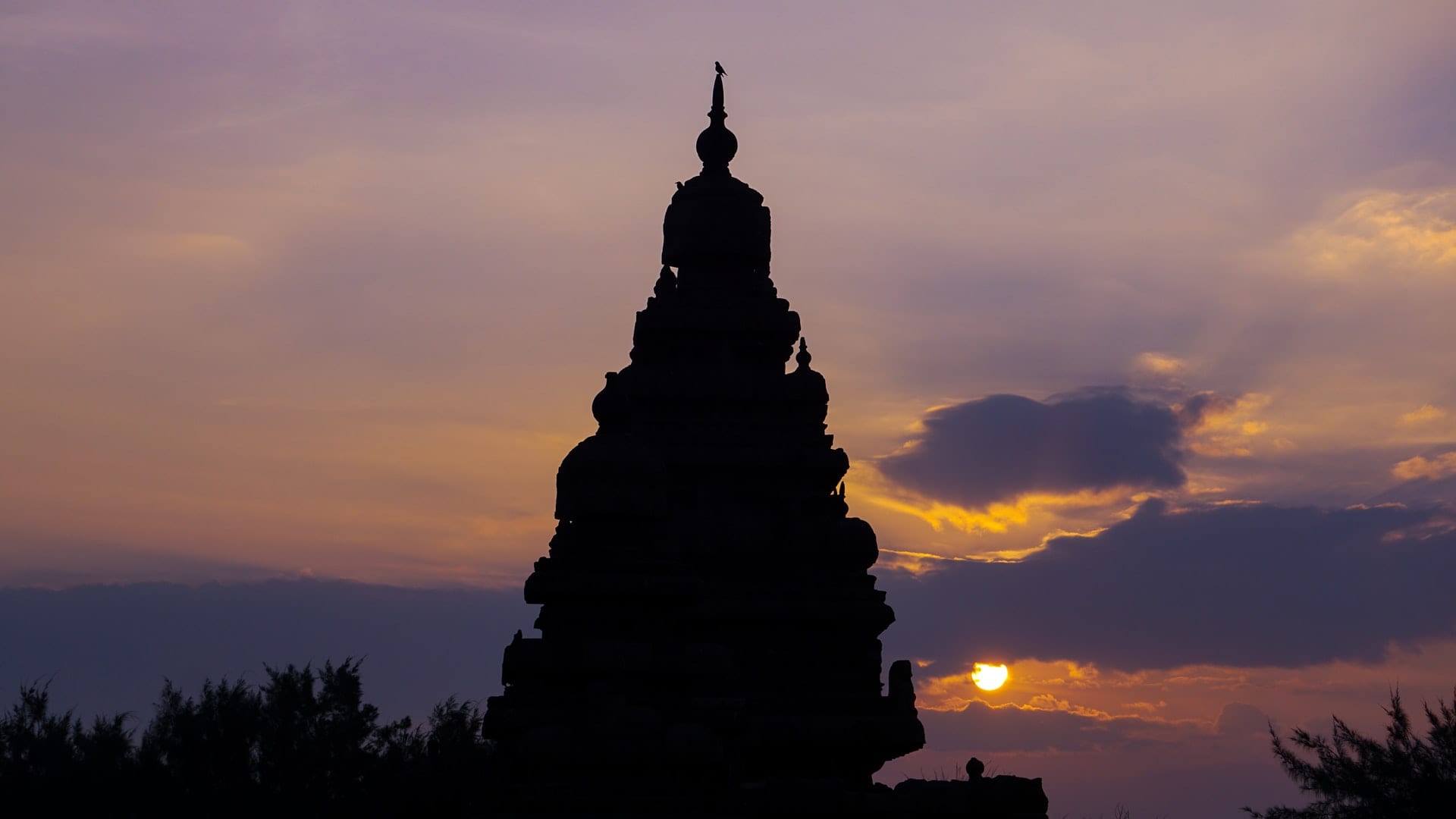
Hampi
Beautifully preserved temples and ruins dating back to the Vijayanagara Empire
Mysore
The Indo-Saracenic architecture blends Indian, Gothic, Mughal, and Victorian elements, and Mysore Palace perfectly illustrates this design style.
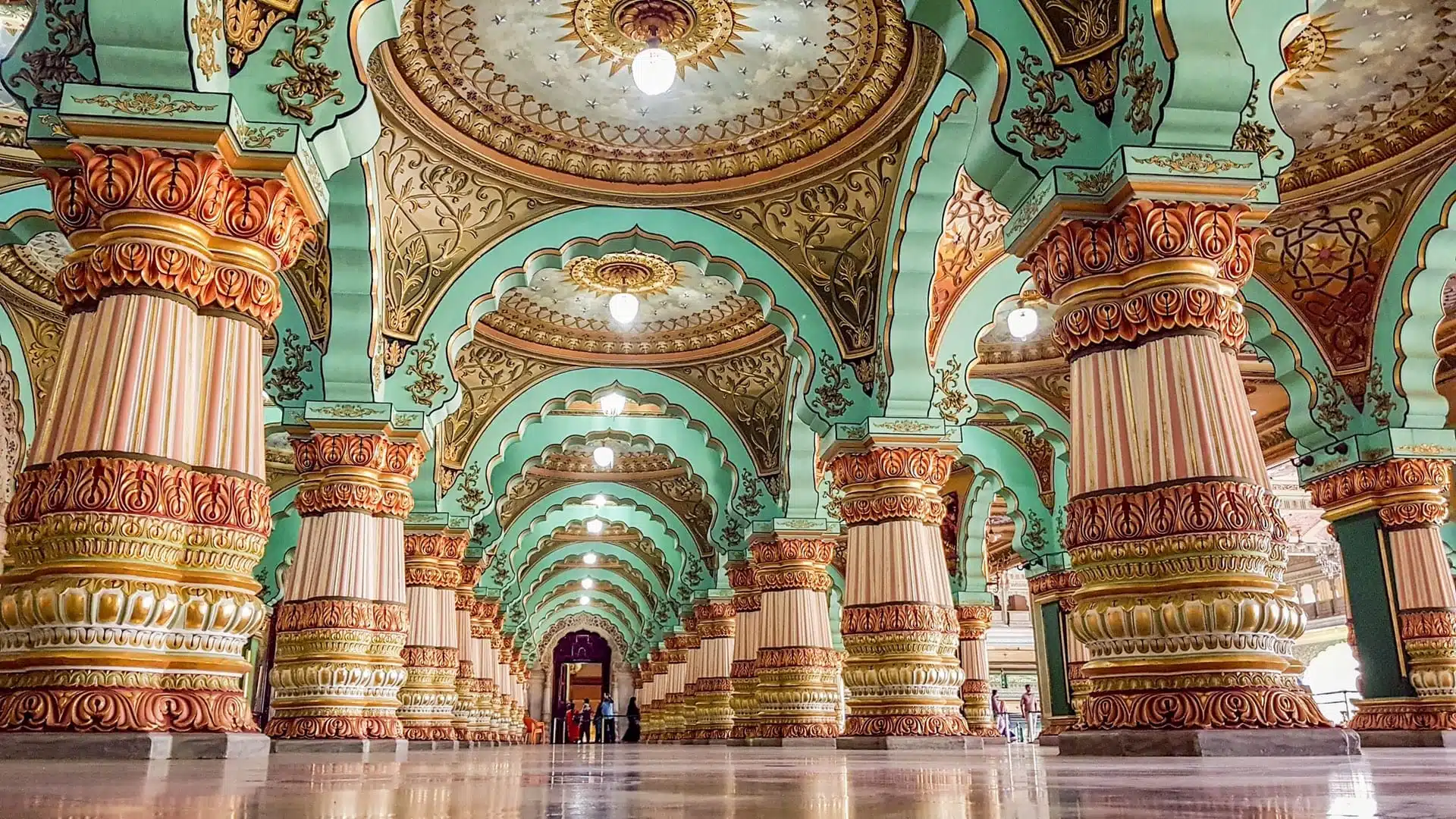
Fort Kochi (Cochin)
A colorful haven that was an age-old trading post on the spice route and now offers restaurants, cafes, and crumbling buildings ripe with history.
Alleppey
Hire a canoe or a houseboat to explore the canals.
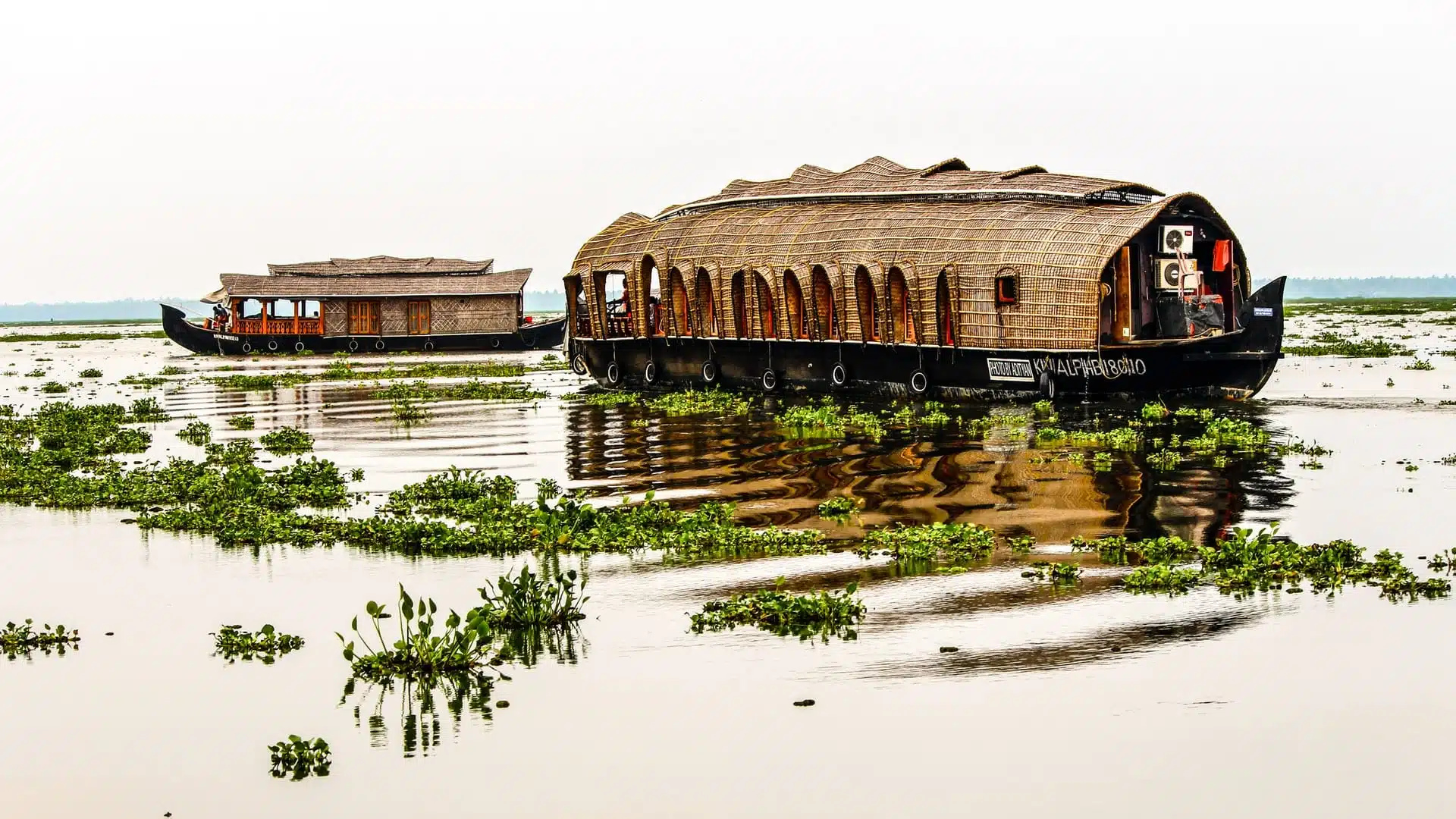
Tiruvannamalai
Hike the holy mountain of Arunachala, explore temples, shrines, vegetarian cafes, and ashrams.
Tamil Nadu
Visit the ancient temples at Madurai, Kanchipuram, Tanjore, Mahabalipuram, and Vellore.
Puducherry
Imagine an Indian town with French and Portuguese influences!
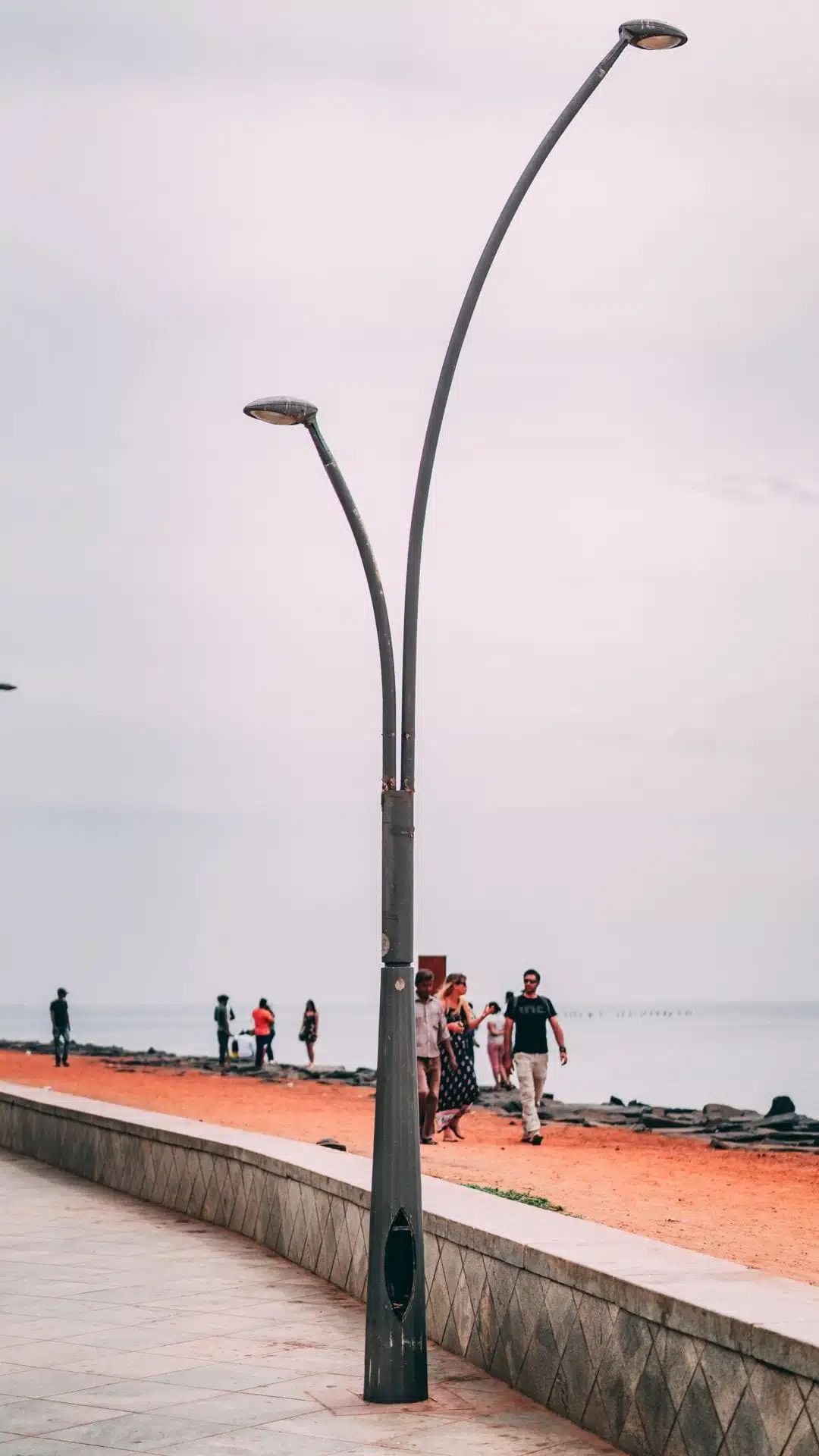
FESTIVALS
Onam festival
Marking the harvest with rituals, music, folk performances and boat races the Onam festival unites Hindu and Christian communities in Kerala and attending the festival makes for an interesting Indian safari experience.
Thrissur Pooram
A large procession of heavily adorned elephants moves through Vadakkunnathan. At Rothschild Safaris, we work to improve conditions for communities and wildlife wherever we operate. Thrissur Pooram has been under investigation for its treatment of elephants, and we continue to support improved conditions for the elephants.
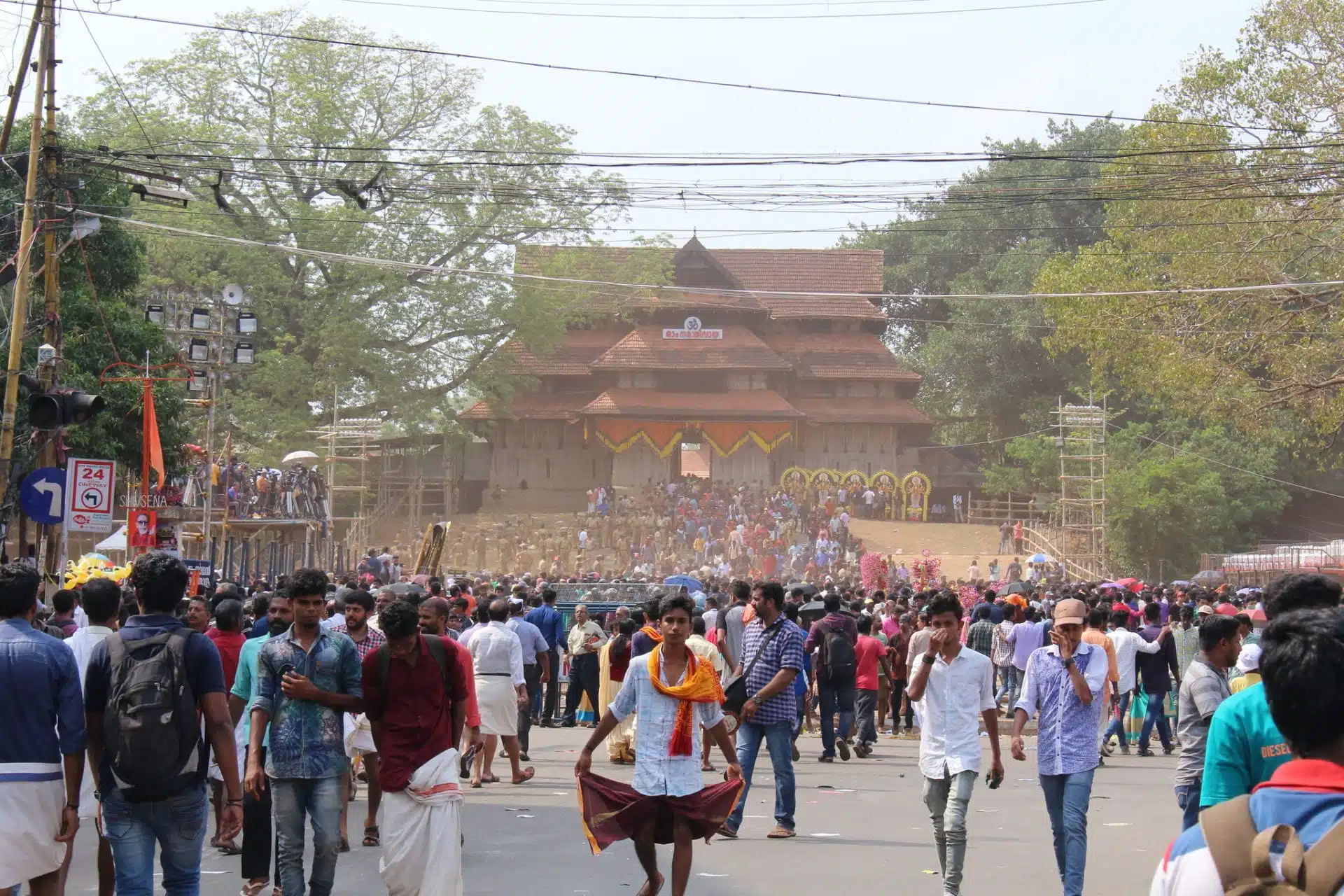
Pongal
During early January, the sun god Surya is celebrated with fabulous floor decorations, gifts, and festooned cows dining on rice and milk.
Rothschild Safaris Where to Stay
In a country that covers both a vast area and many moods, there is no ‘one size fits all’ list of properties – but we do have a sampling of favorites to inspire you.
North India
SAMODE HAVELI, JAIPUR
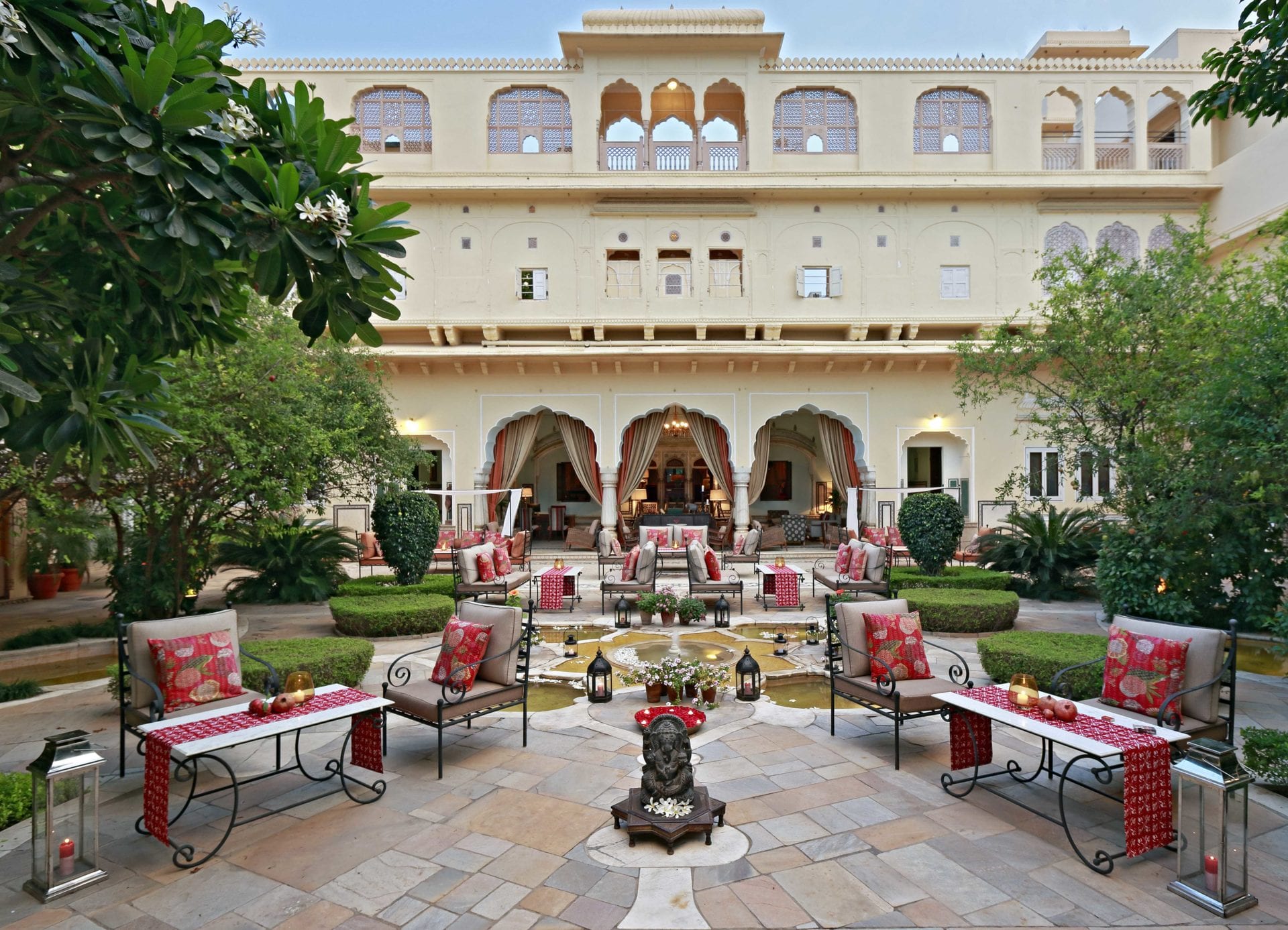
A traditional Indian mansion, built for the rulers of Samode has been transformed into a luxury hotel surrounded by gardens with apartments and intimate courtyards that provide an oasis within the walls of Jaipur.
CHHATRA SAGAR, RAJASTHAN
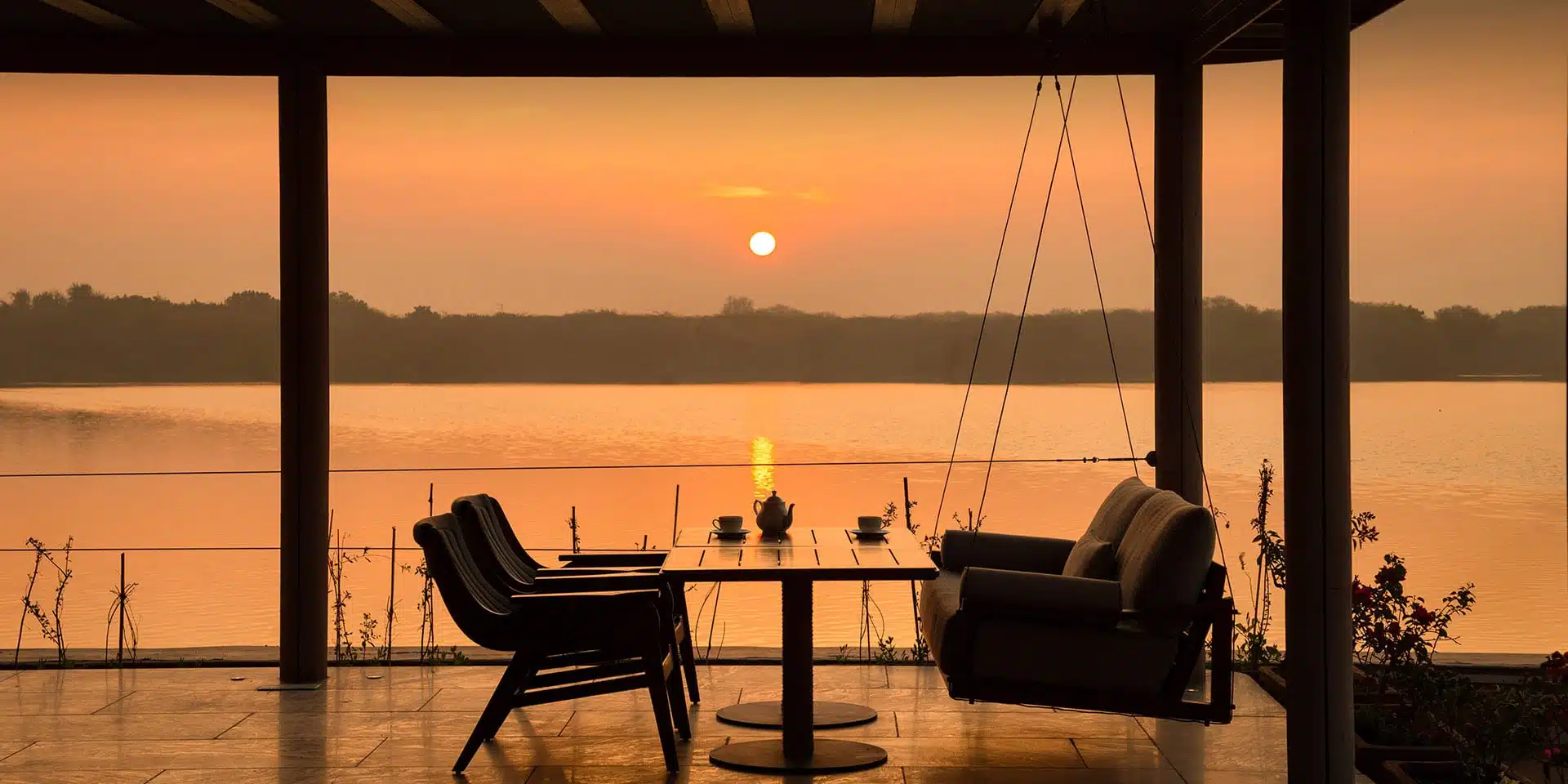
Luxurious, soundproof tents above a lake that is rich in birdlife, the Chhatra Sagar harks back to a time when mobile mini-palaces were an integral part of the Rajput lifestyle.
SUJÁN JAWAI, JAWAI BANDH, RAJASTHAN,
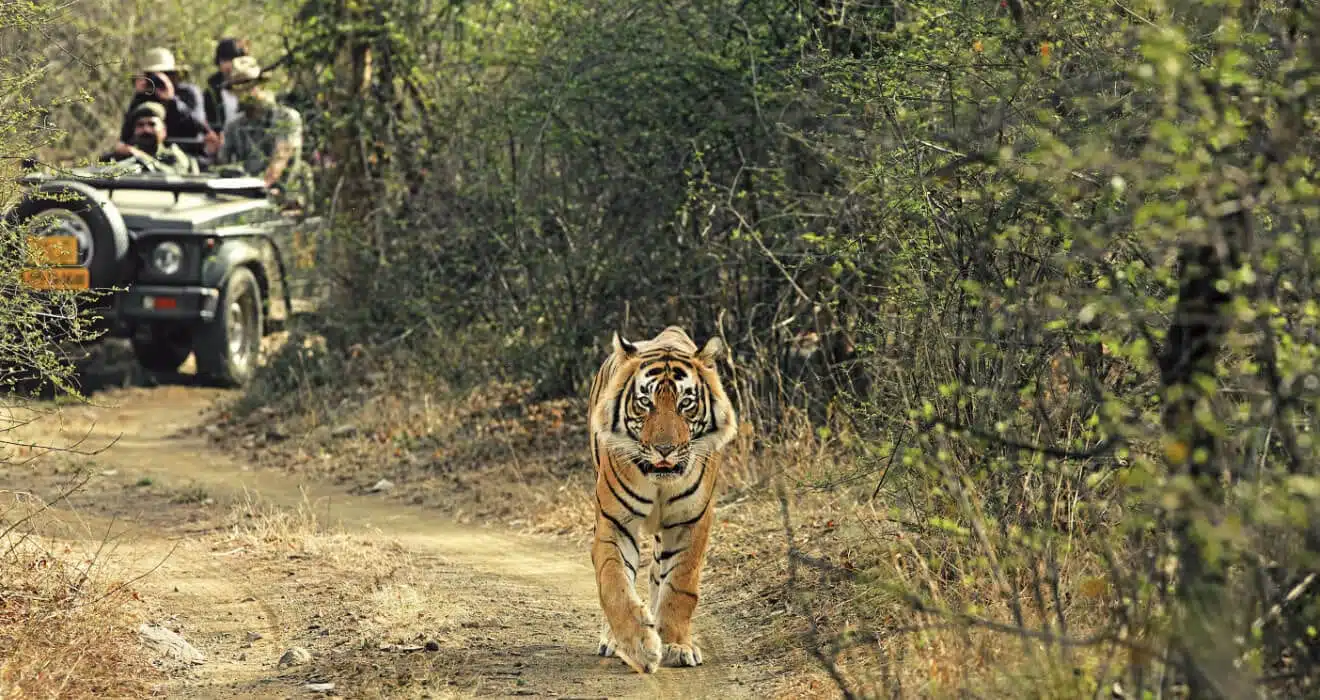
Faultless service combines with contemporary luxuries in this property that is part conservation project. Otherworldly landscapes inhabited by abundant wildlife, including leopards as well as nomadic communities await.
OBEROI, MUMBAI

The most fashionable address in the modern city of Mumbai is an iconic hotel with large, elegant suites and views of the Mumbai skyline with the ‘Queen’s Necklace’ of lights along the shores of the Arabian Sea.
KIPLING CAMP, MADHYA PRADESH
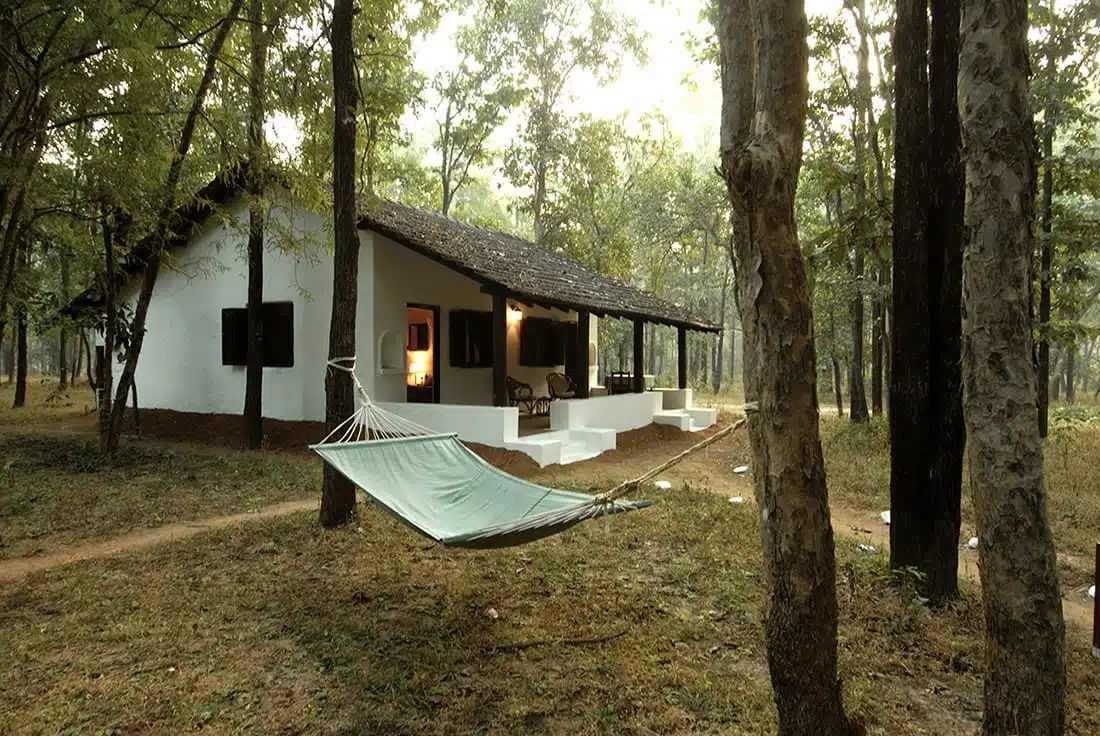
The motto of the highly original Kipling Camp is “treading softly in the jungle.” Run by one of India’s greatest tiger conservationists, it was India’s first-ever wildlife lodge when it was established in 1982, and it has moved gently with passing time – allowing visitors to access the magic of the authentic atmosphere. It is also the most exceptional base for a safari in India’s prime tiger wilderness of Kanha National Park.
JAISALMER SURYAGARH, THAR DESERT
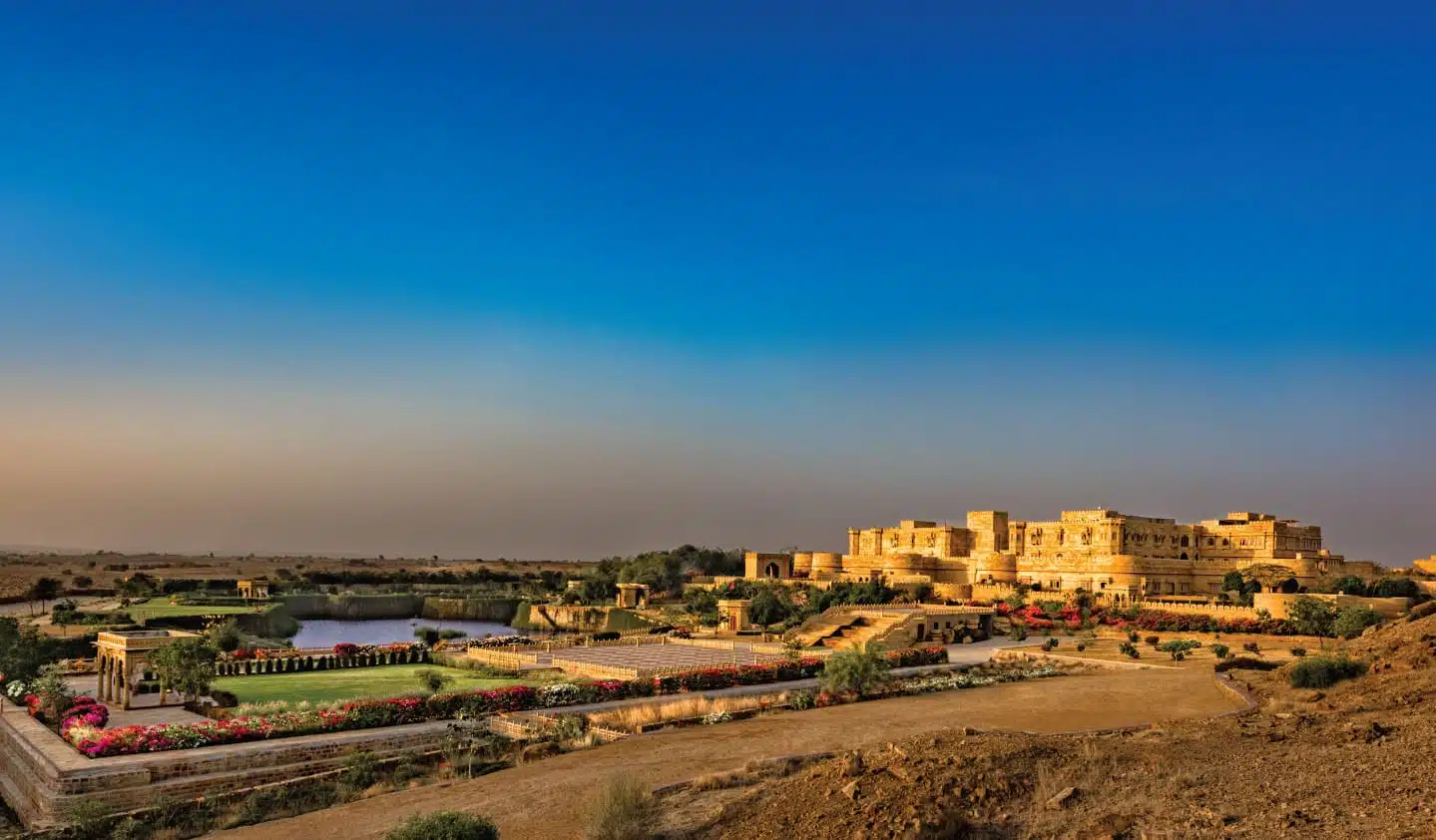
It is difficult to stand out against the sheer size of the Thar desert, but the myth and legend expressed through the imposing outlines of Jaisalmer Suryagarh are more than capable of making its mark.
The building is immense, a palatial modern-day fort decorated with tradition and offering relaxation, adventure, and fine dining.
AJIT BHAWAN PALACE, JODHPUR
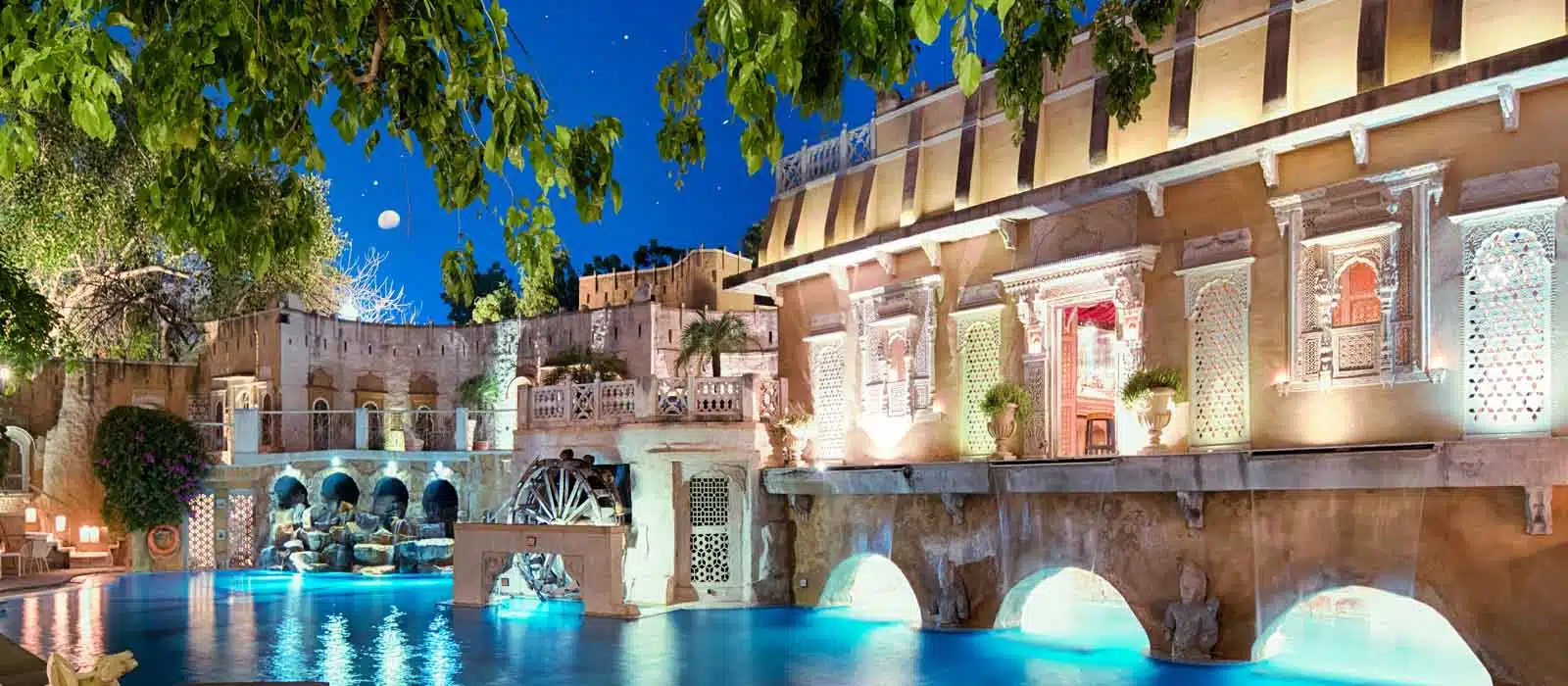
We all dream of an Indian safari where luxury and history blend together in the perfect symphony of comfort. And you may find the Ajit Bhawan Palace Hotel featured in just such a dream.
In the heart of the blue city of Jodhpur, the Ajit Bhawan oozes charm, Rajasthani regality, and modernity.
South India
OLD HARBOUR HOTEL, KERALA
The colonial jewel of Cochin is home to a sprawling, art-centric heritage hotel. Three hundred years of history tells the tale of Dutch, Portuguese, and British occupation within a rare oasis of tranquillity. The hotel started life as an English tea-broking firm, and its commercial location allows travelers easy access to the town’s famous Chinese fishing nets, the Ernakulum ferry, and the spice market.
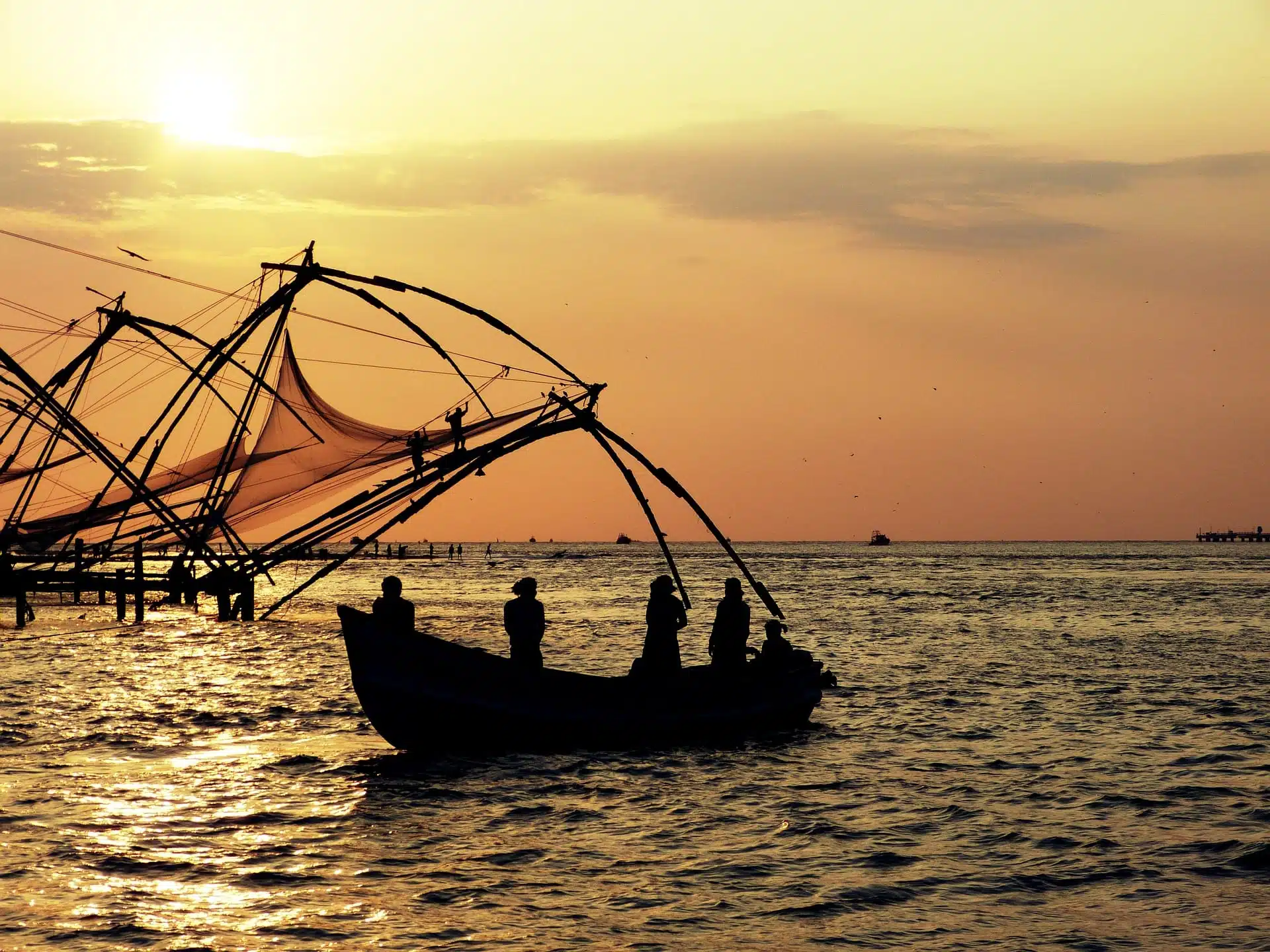
SARATHA VILAS, CHETTINAD, TAMIL NADU
A French-run Chettinadu mansion that was built by a Tamil merchant in the early 1900s has been painstakingly restored to become an elegant rural refuge. The service is extraordinary, and the design features a beautiful fusion of chic modern, lavish historical and remarkable Indian art.
PURITY AT LAKE VEMBANAD, KERALA
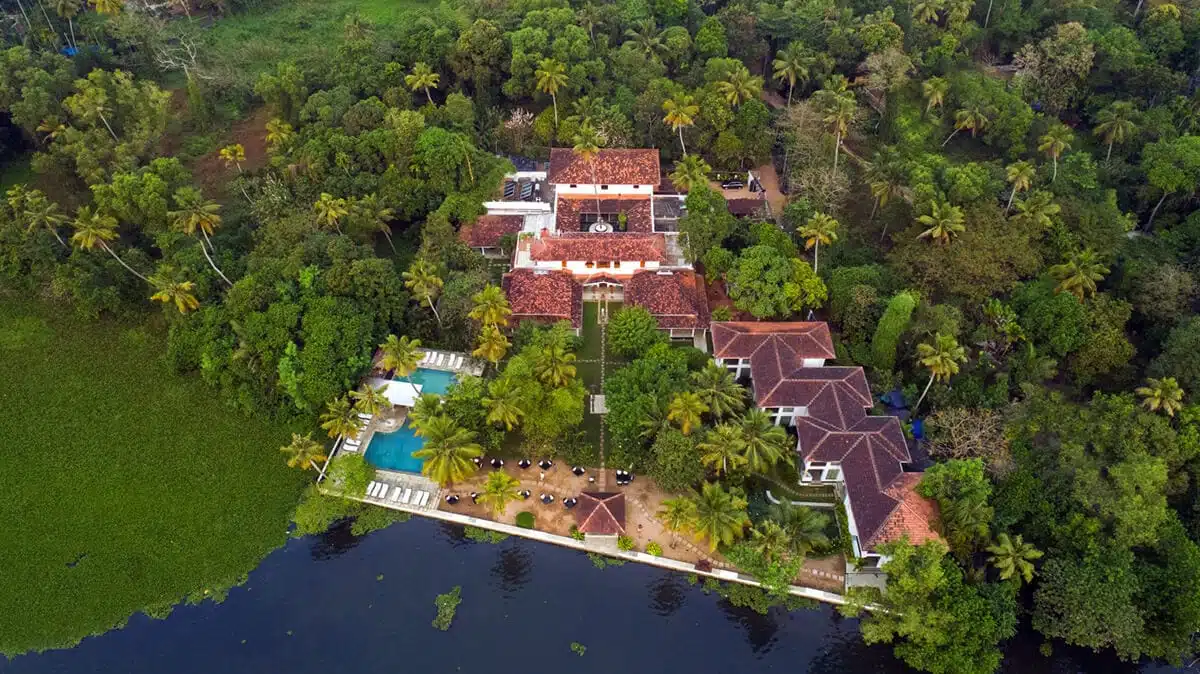
A villa hotel overlooking the peaceful waters of stunning Lake Vembanad is a haven of quiet escape that prioritizes wellbeing. The intimate and elegant resort offers yoga, Ayurveda, and a basket of the best Indian safari backwater experiences.
SERAI KABINI, NAGARHOLE
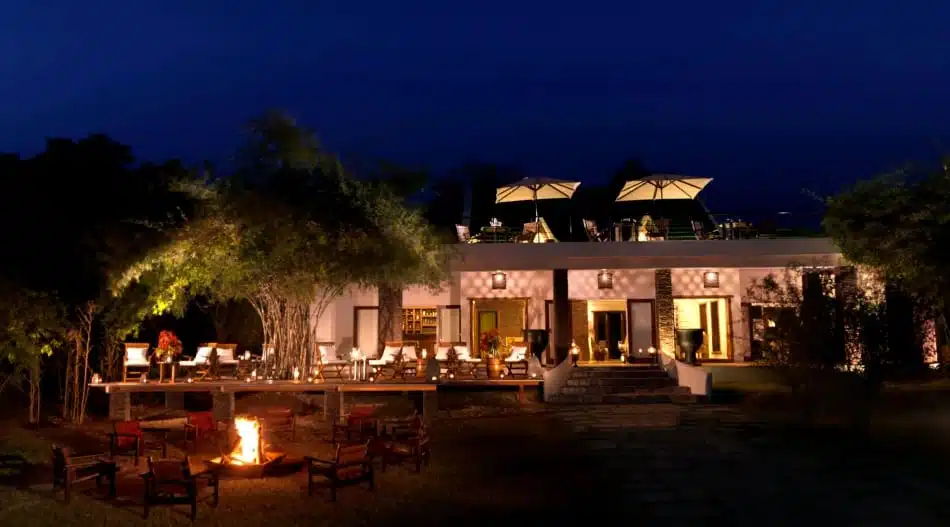
South India’s promise of coffee is fulfilled at the Serai Kabini in the heart of lush coffee plantations in Chikmagalur on the banks of the Kabini River. An abundance of flora and fauna may tempt you to go kayaking, on a jungle safari, or cycling… but you may also choose to stay and indulge in traditional Ayurveda, spa treatments, and a Jacuzzi.
HOUSEBOAT, ALAPPUZHA
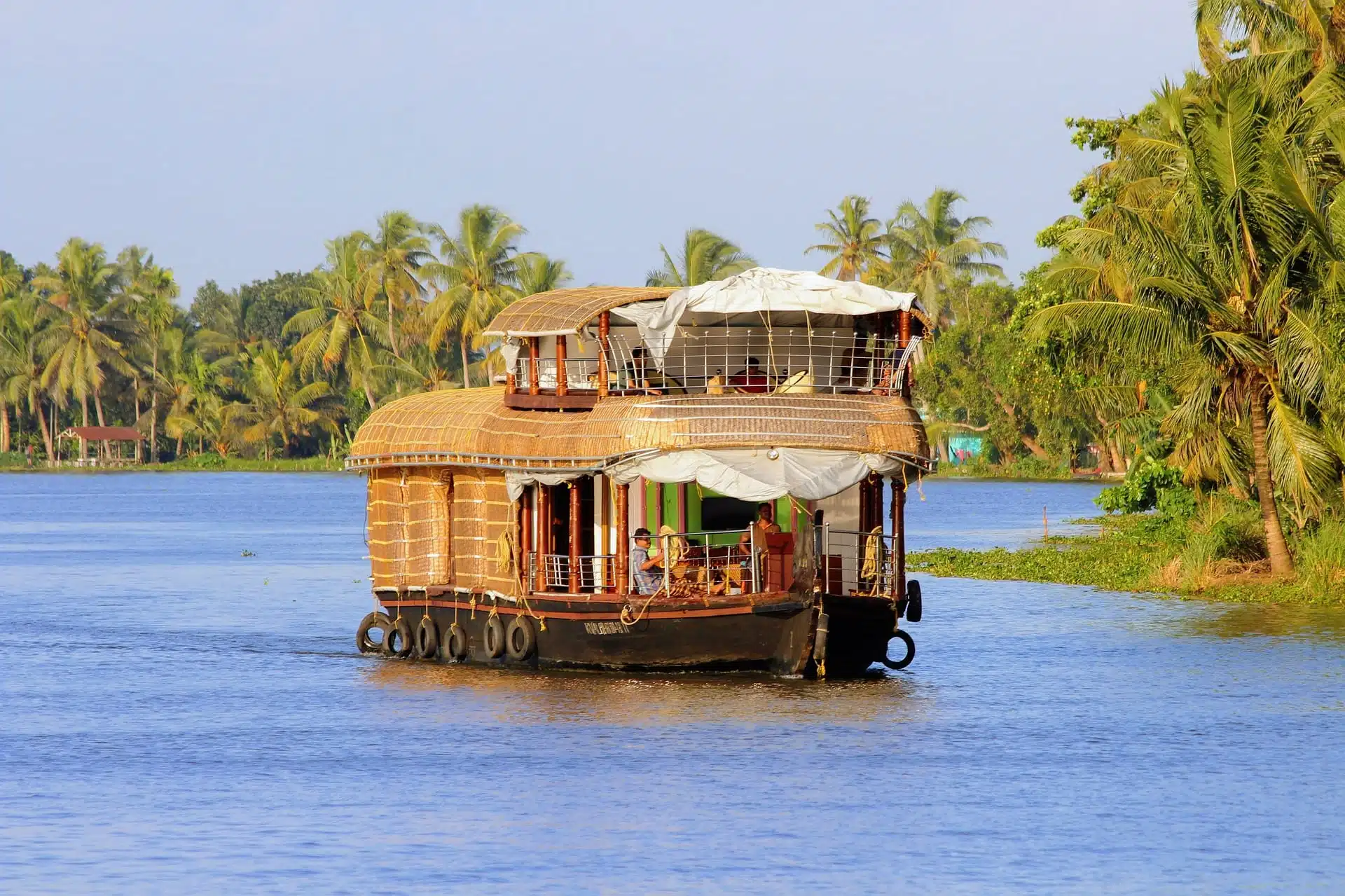
Stay in a luxury kettuvallam or traditional houseboat as you cruise down the backwaters. See fishermen going about their business, villages sprinkled along the banks, and enjoy an excellent night’s sleep as your captain moors your boat for the night on this bespoke Indian safari.
